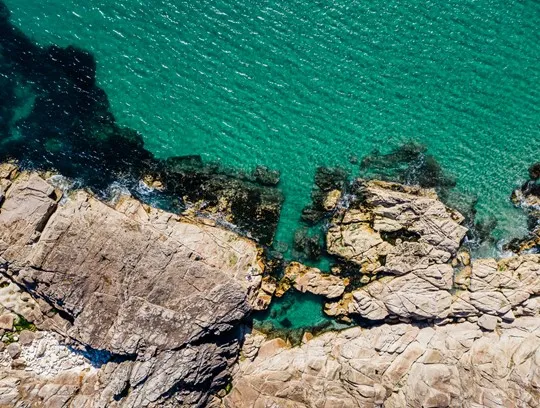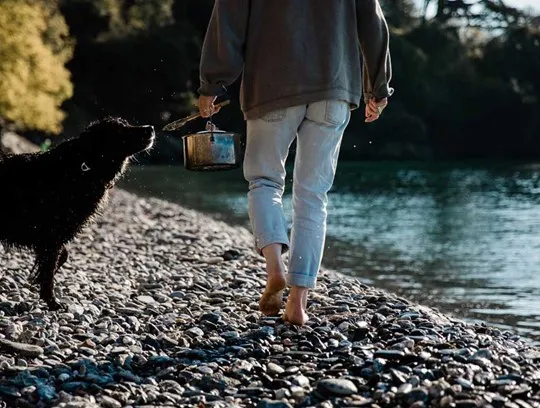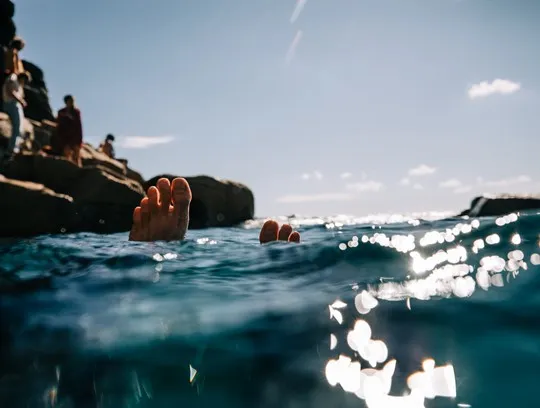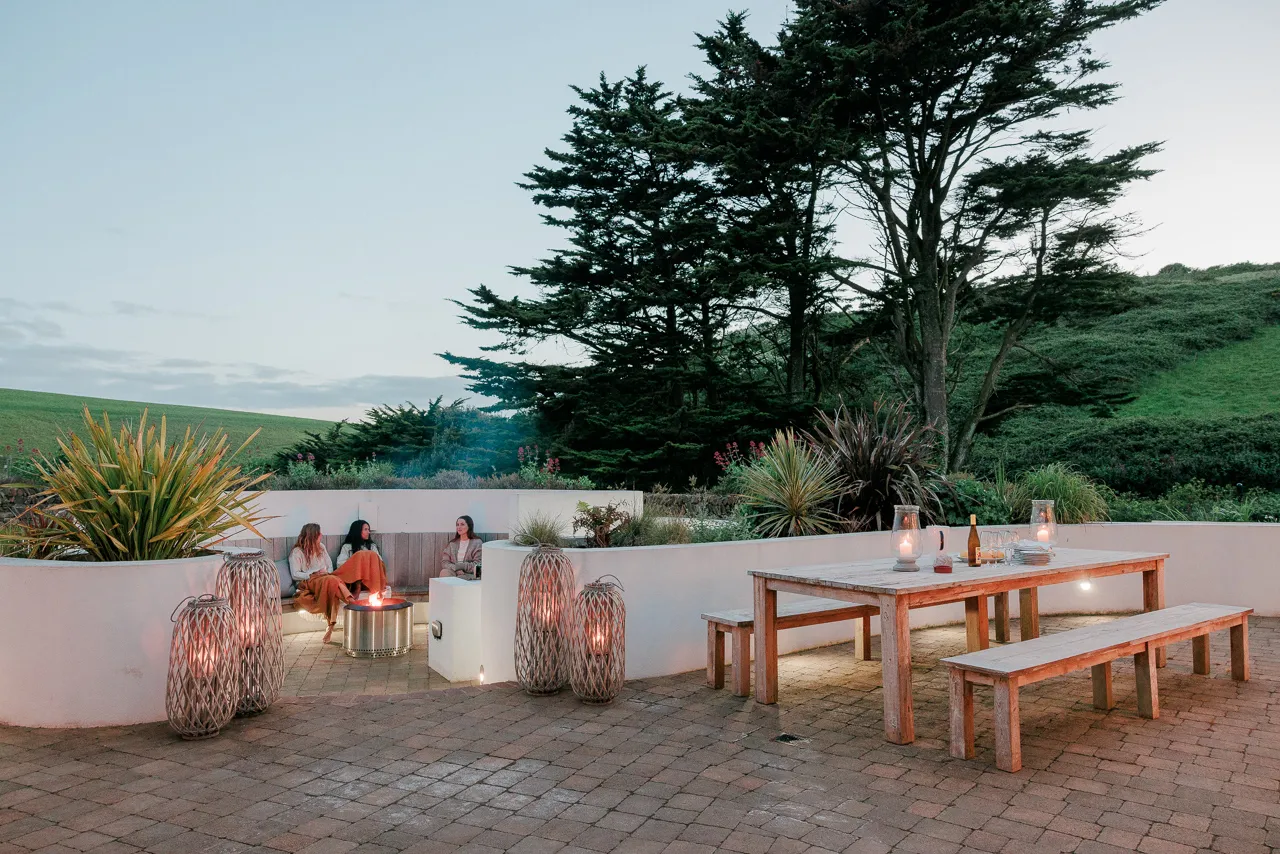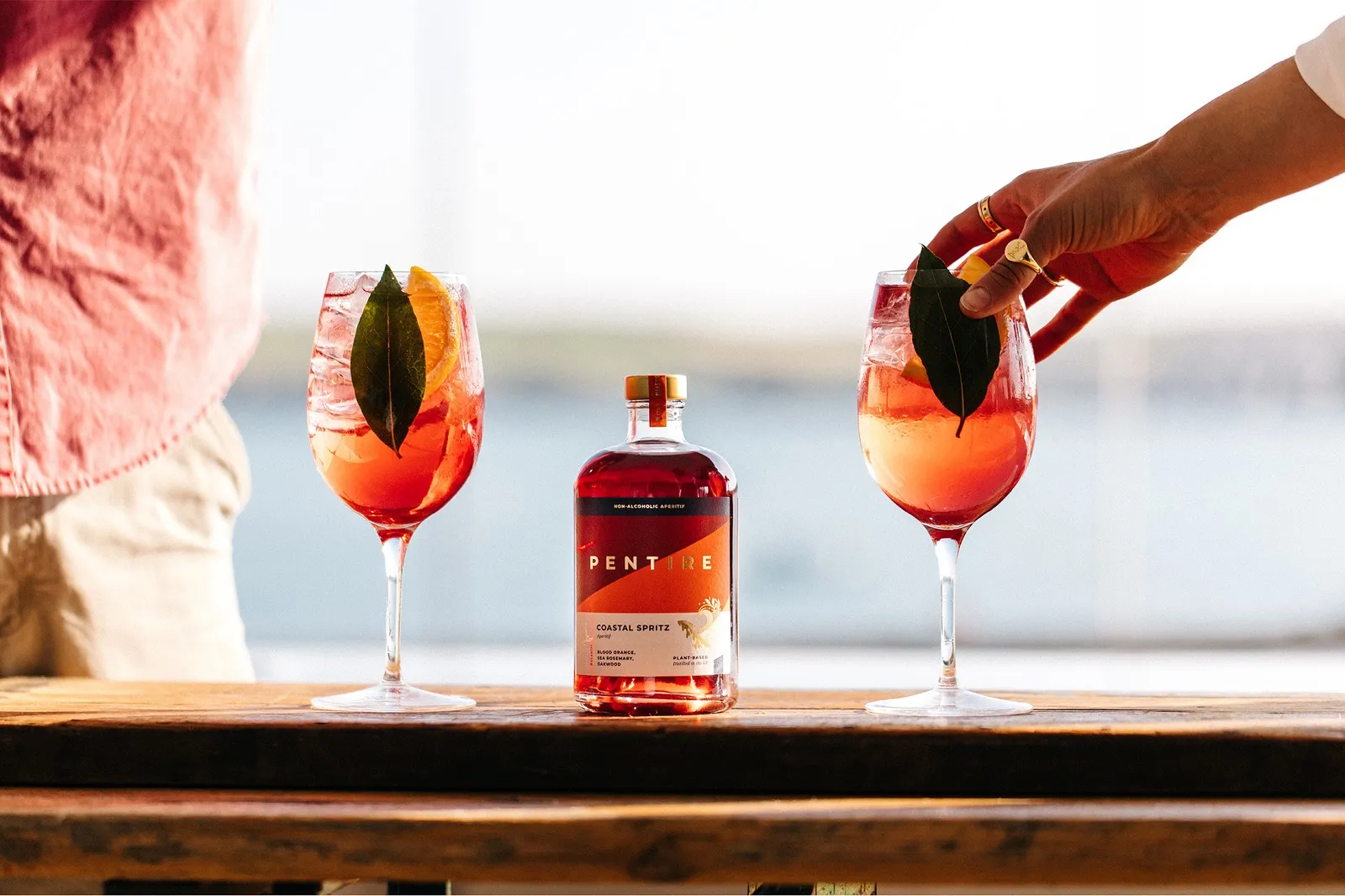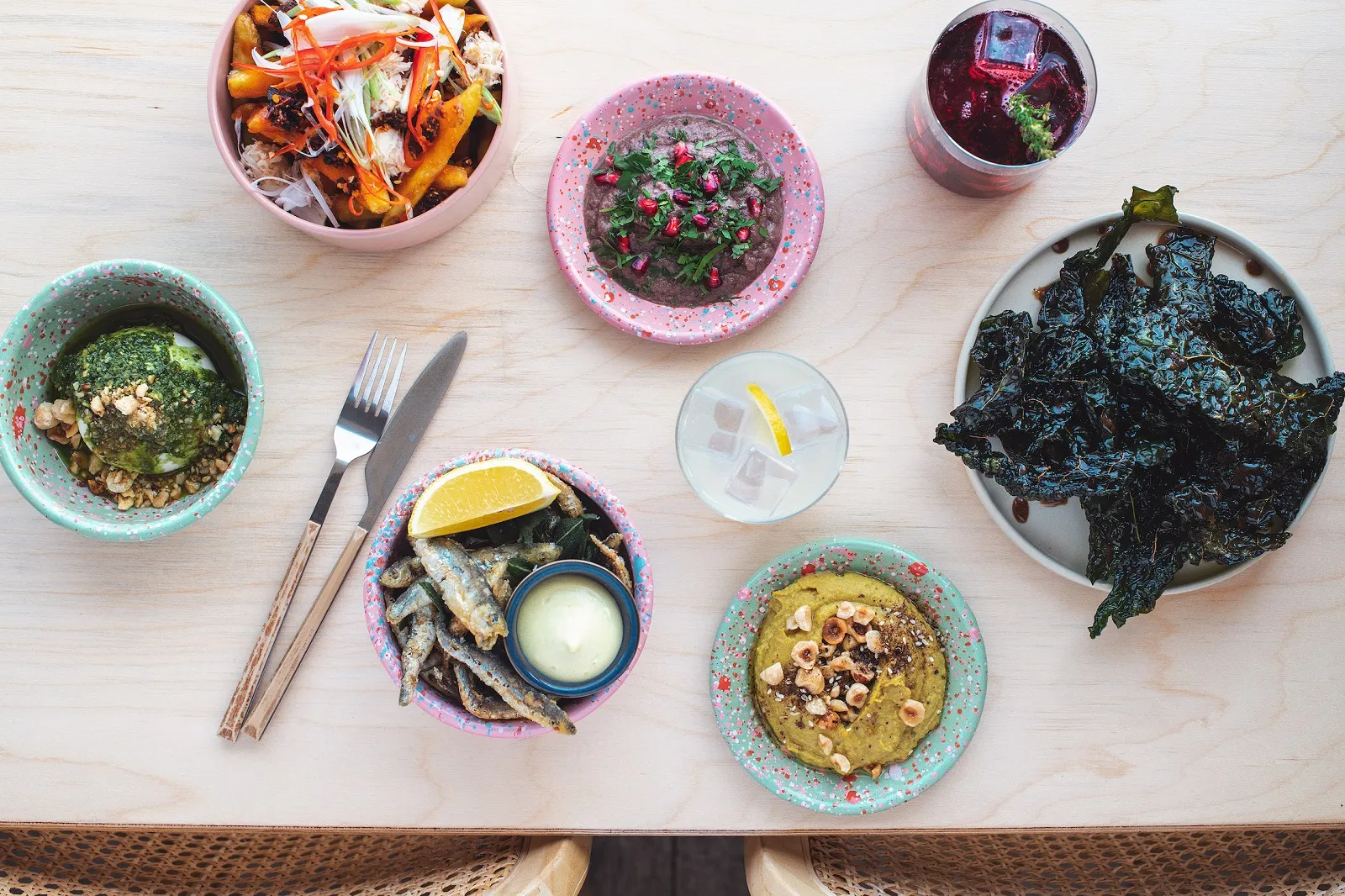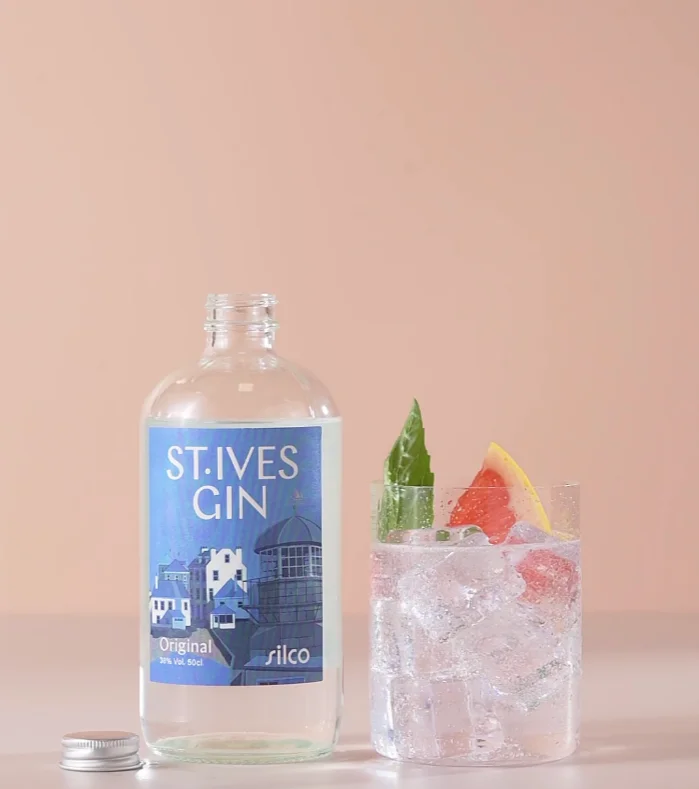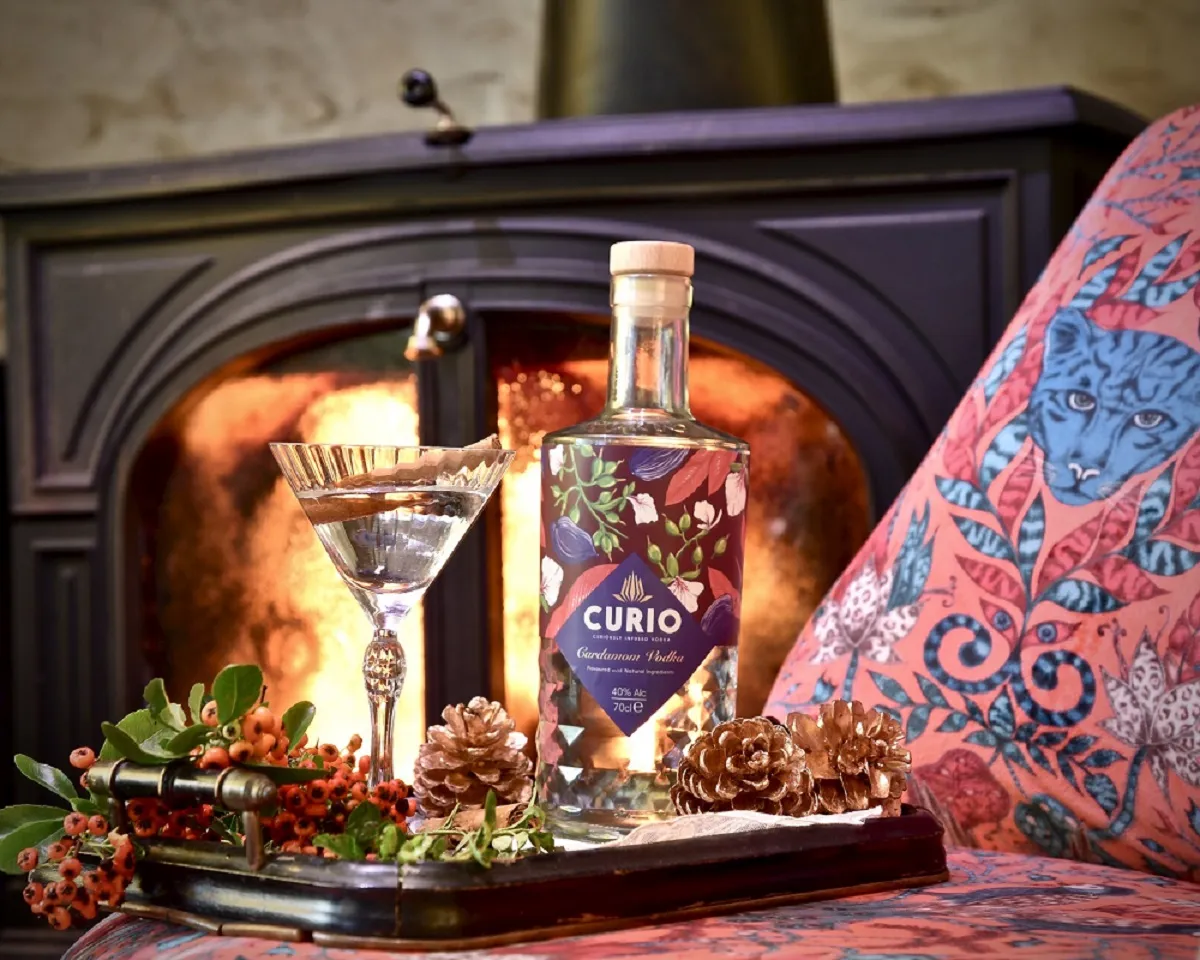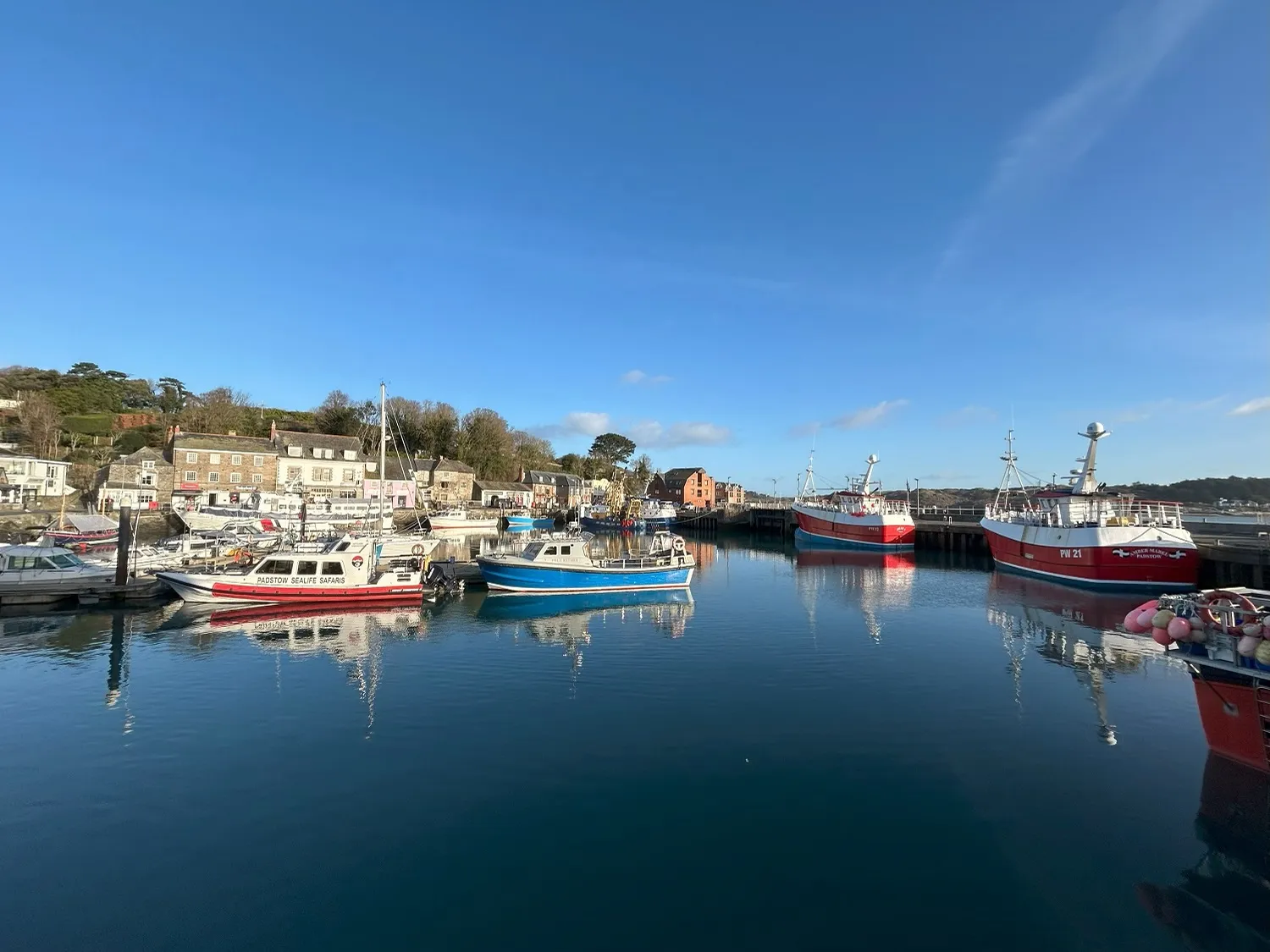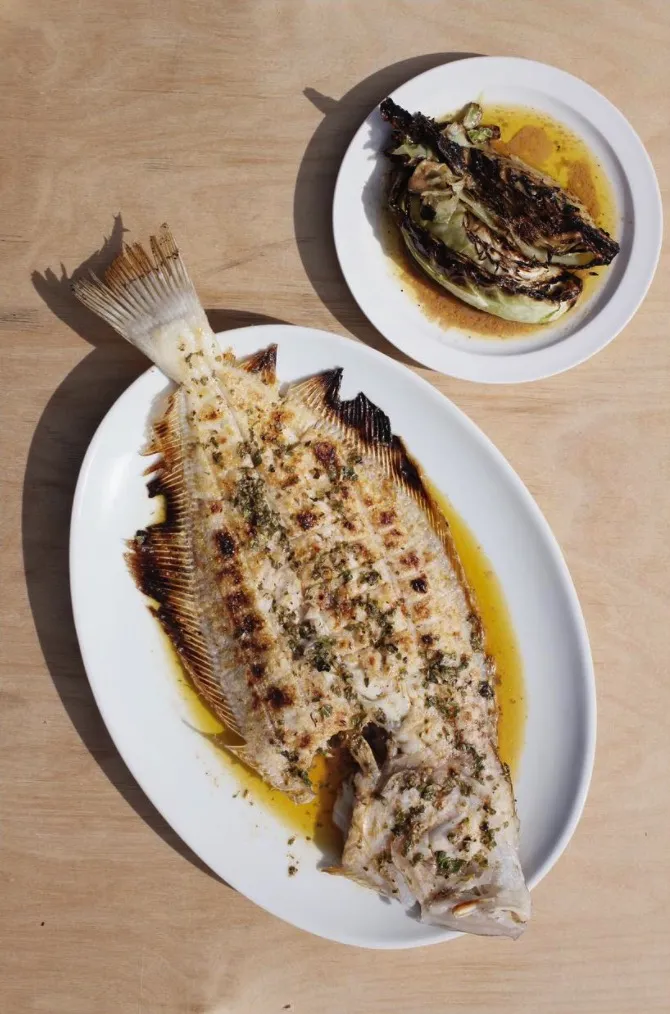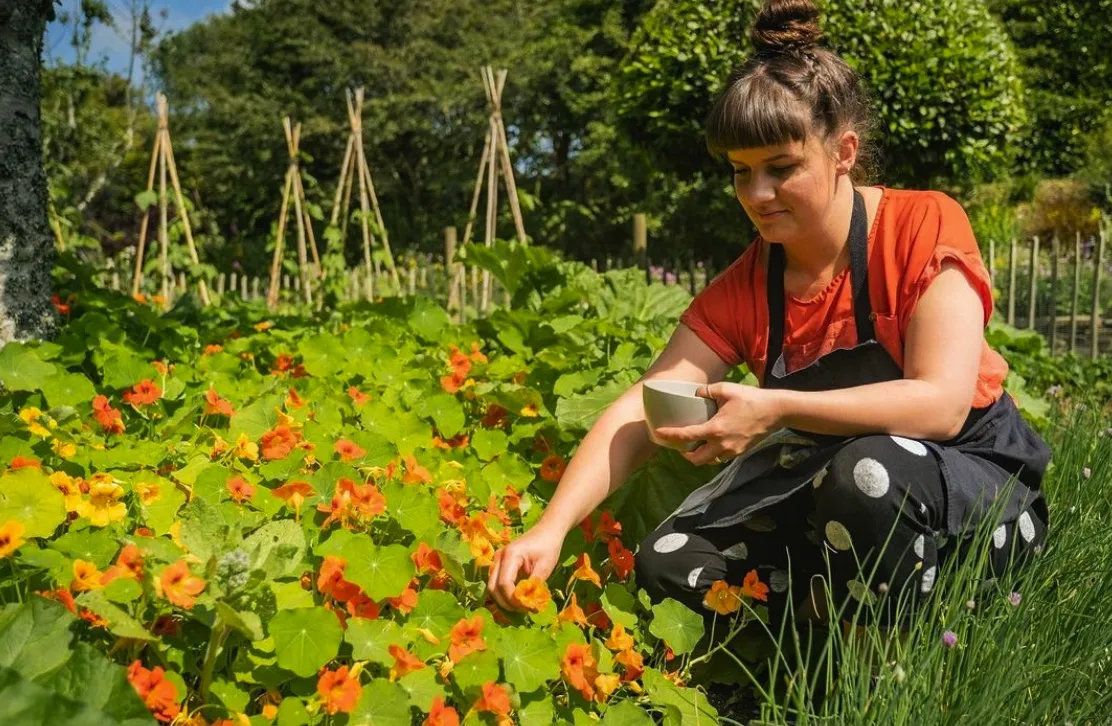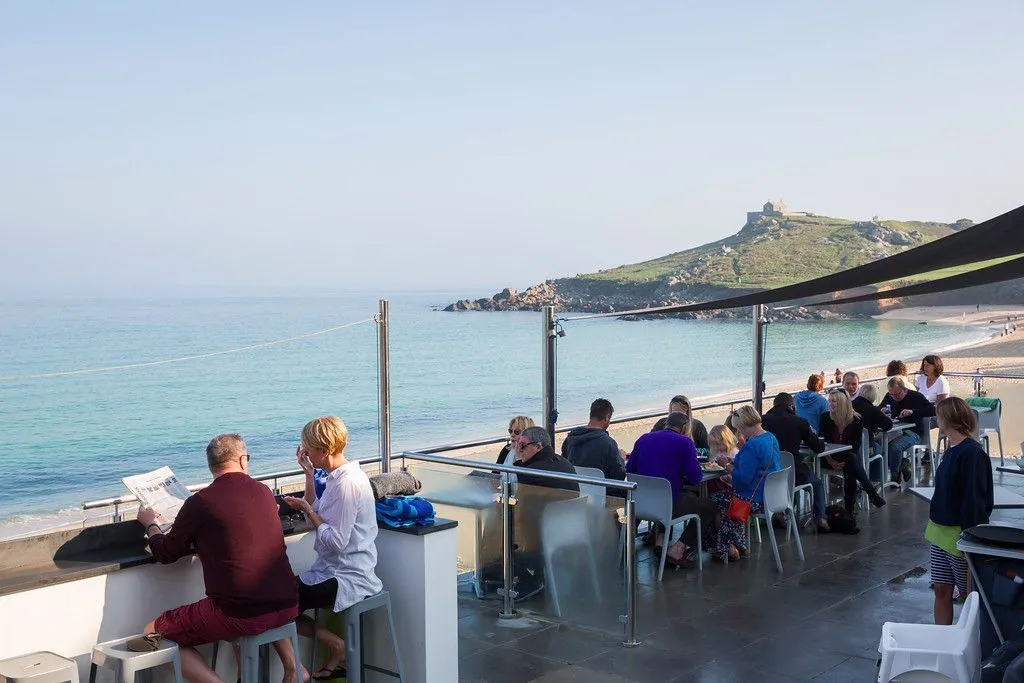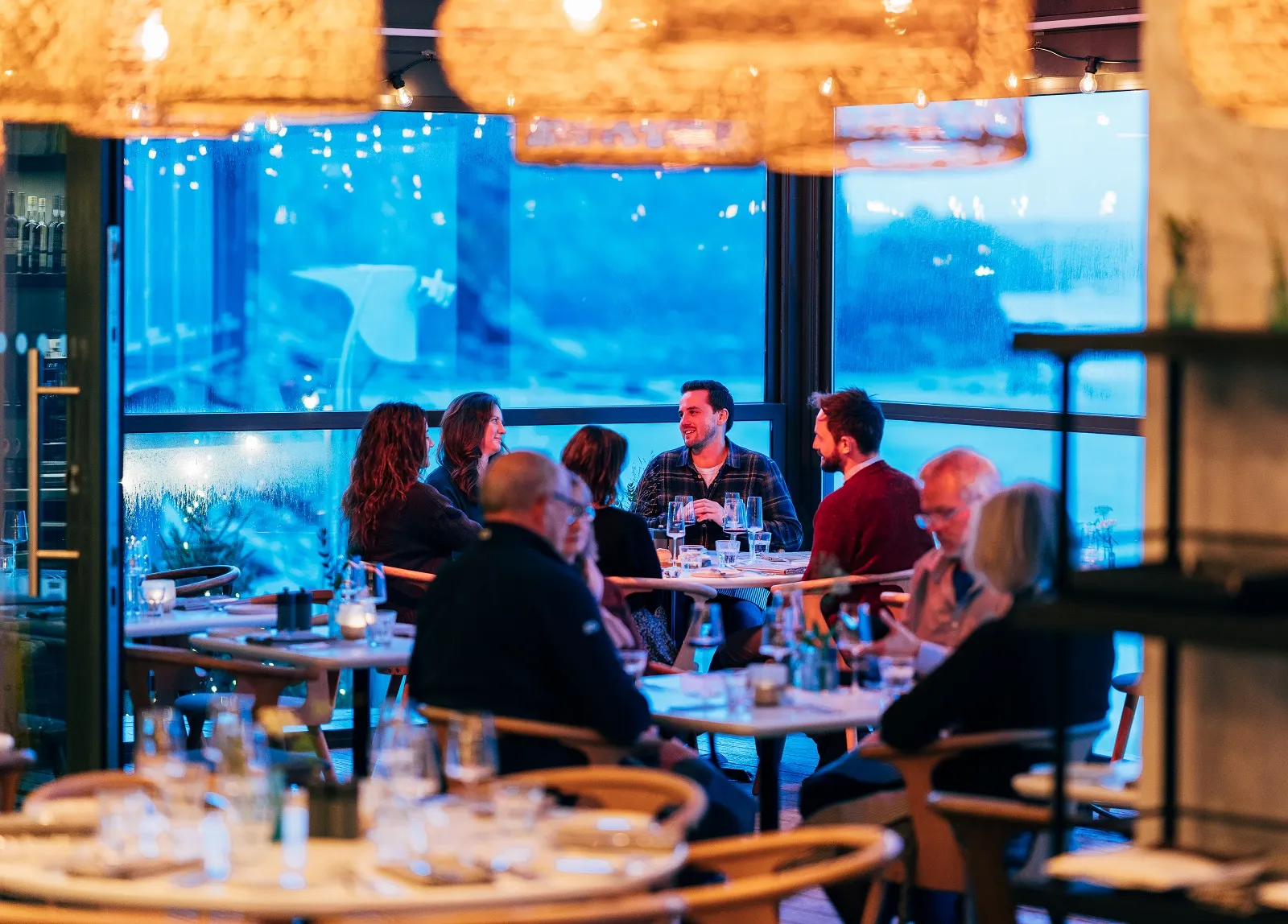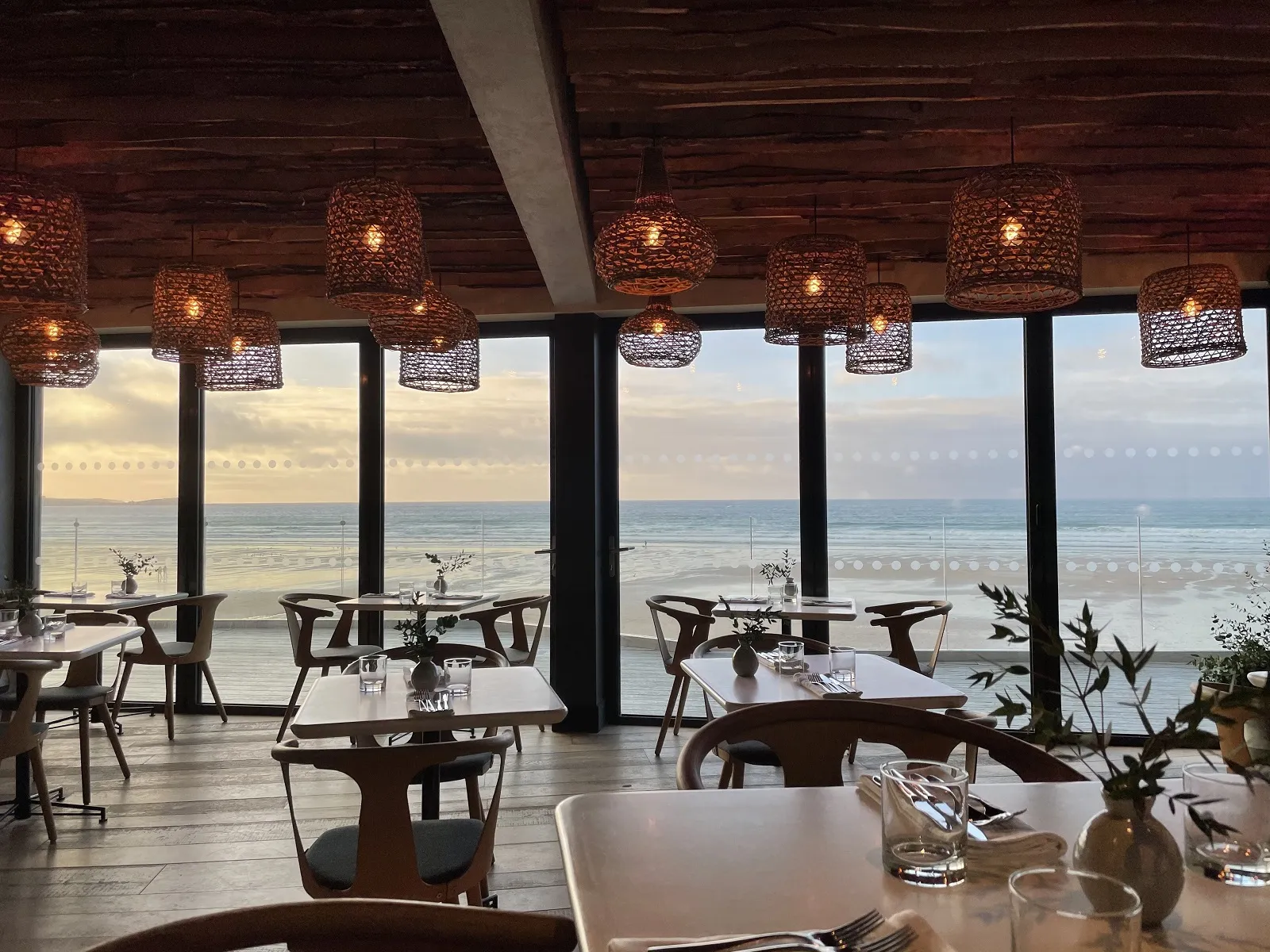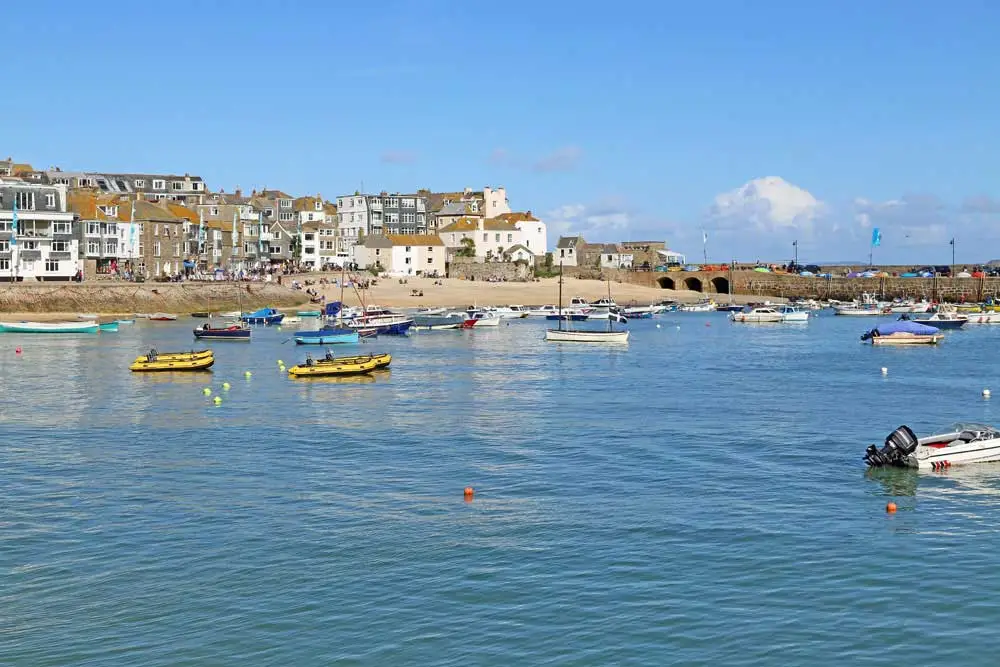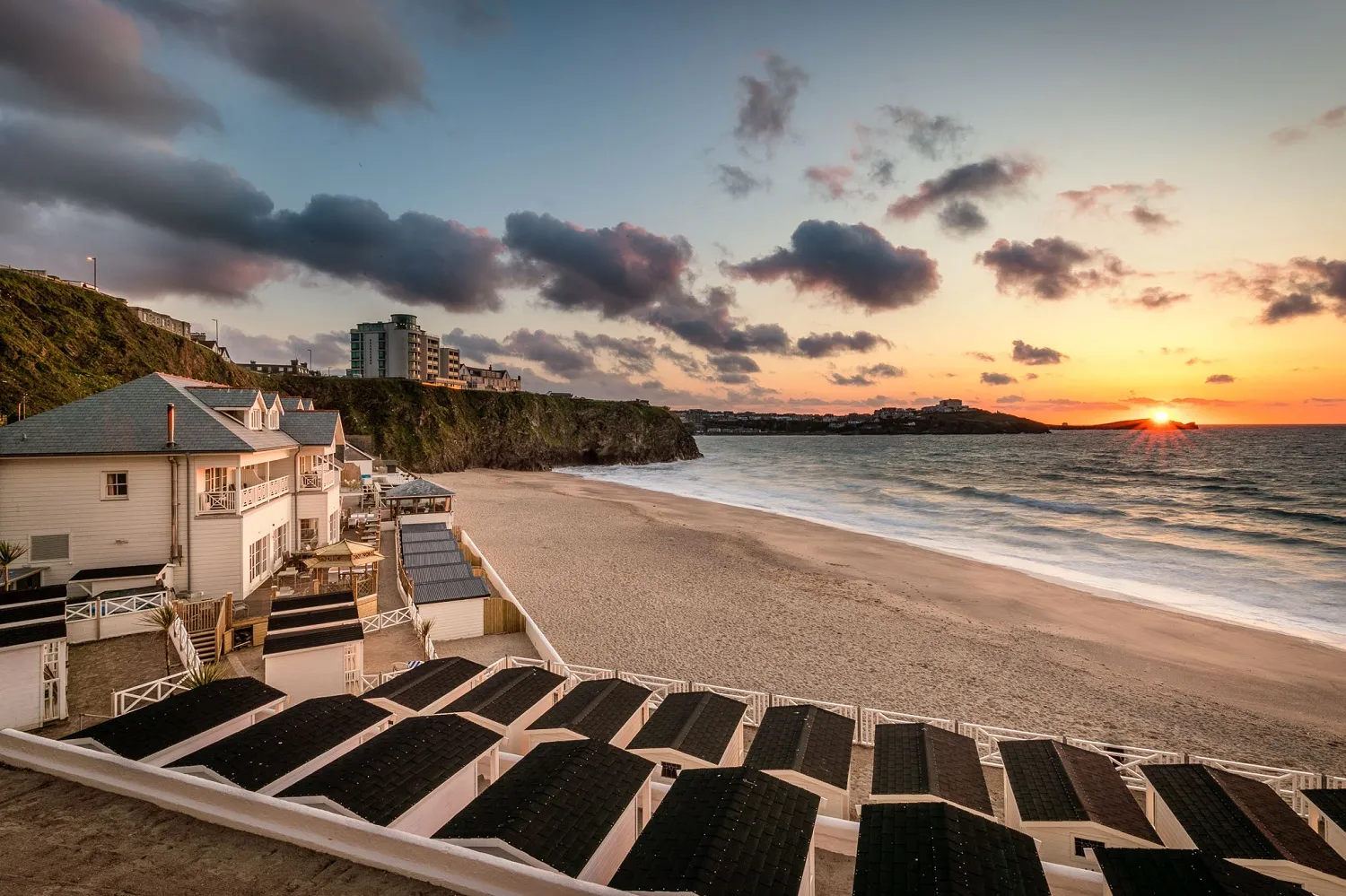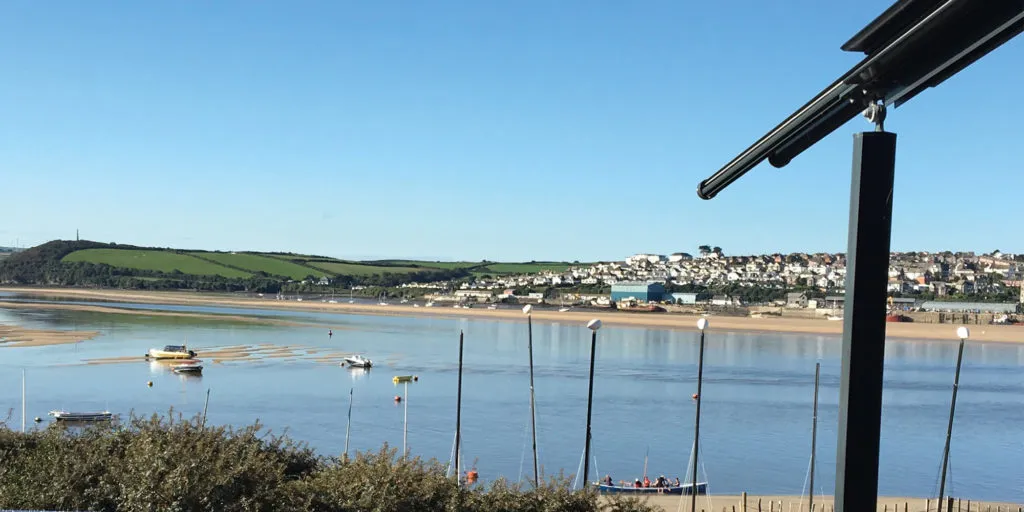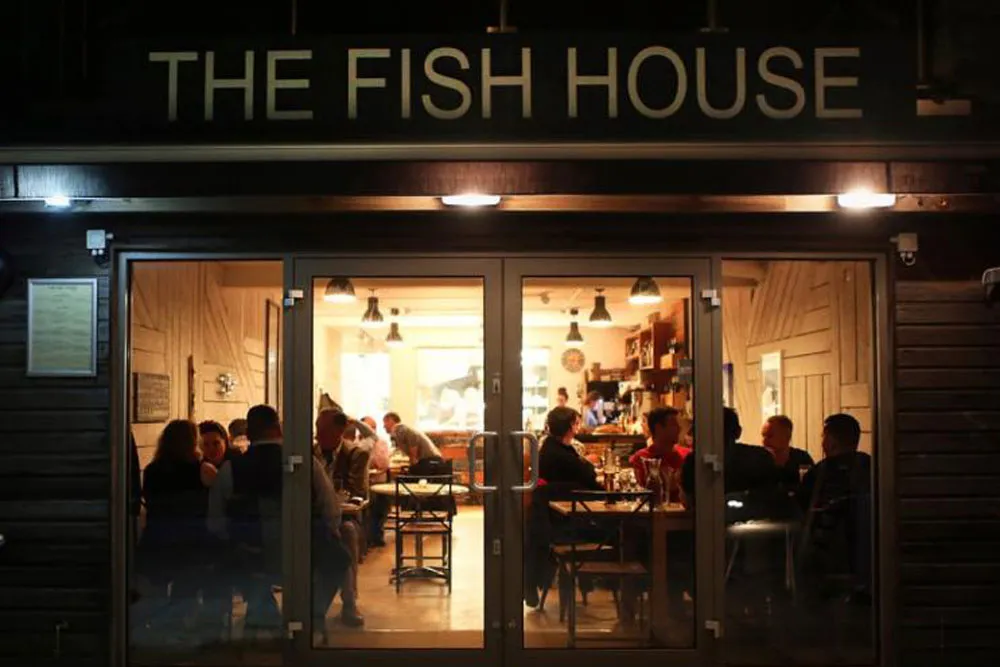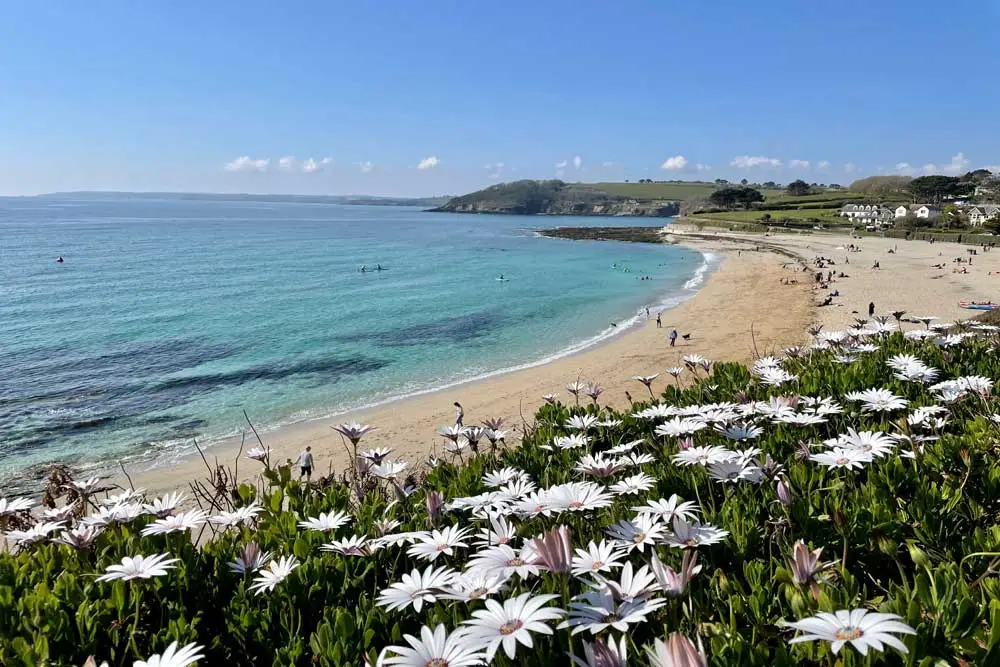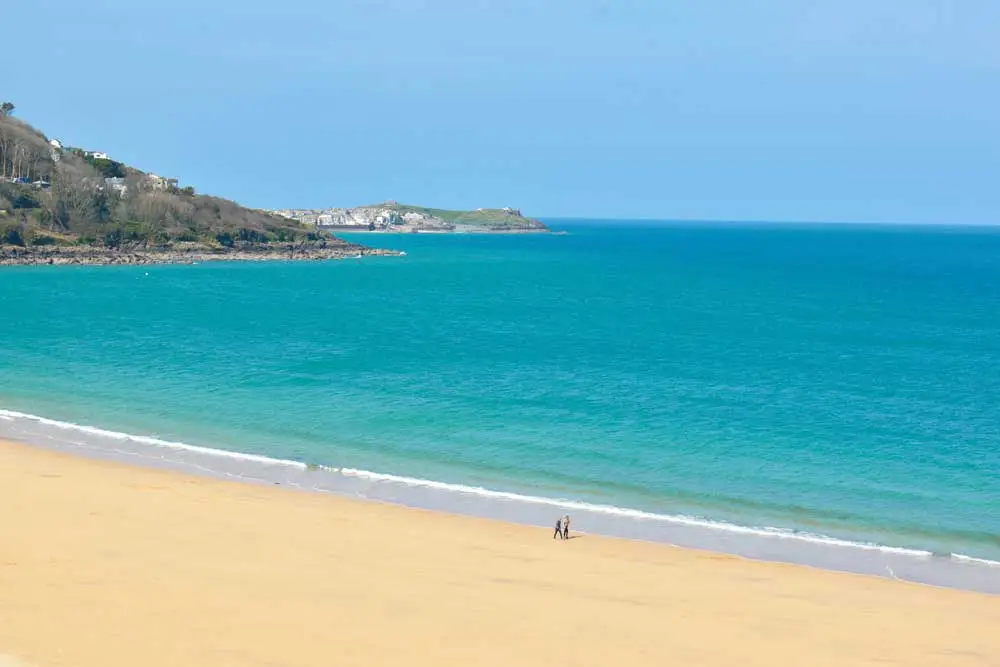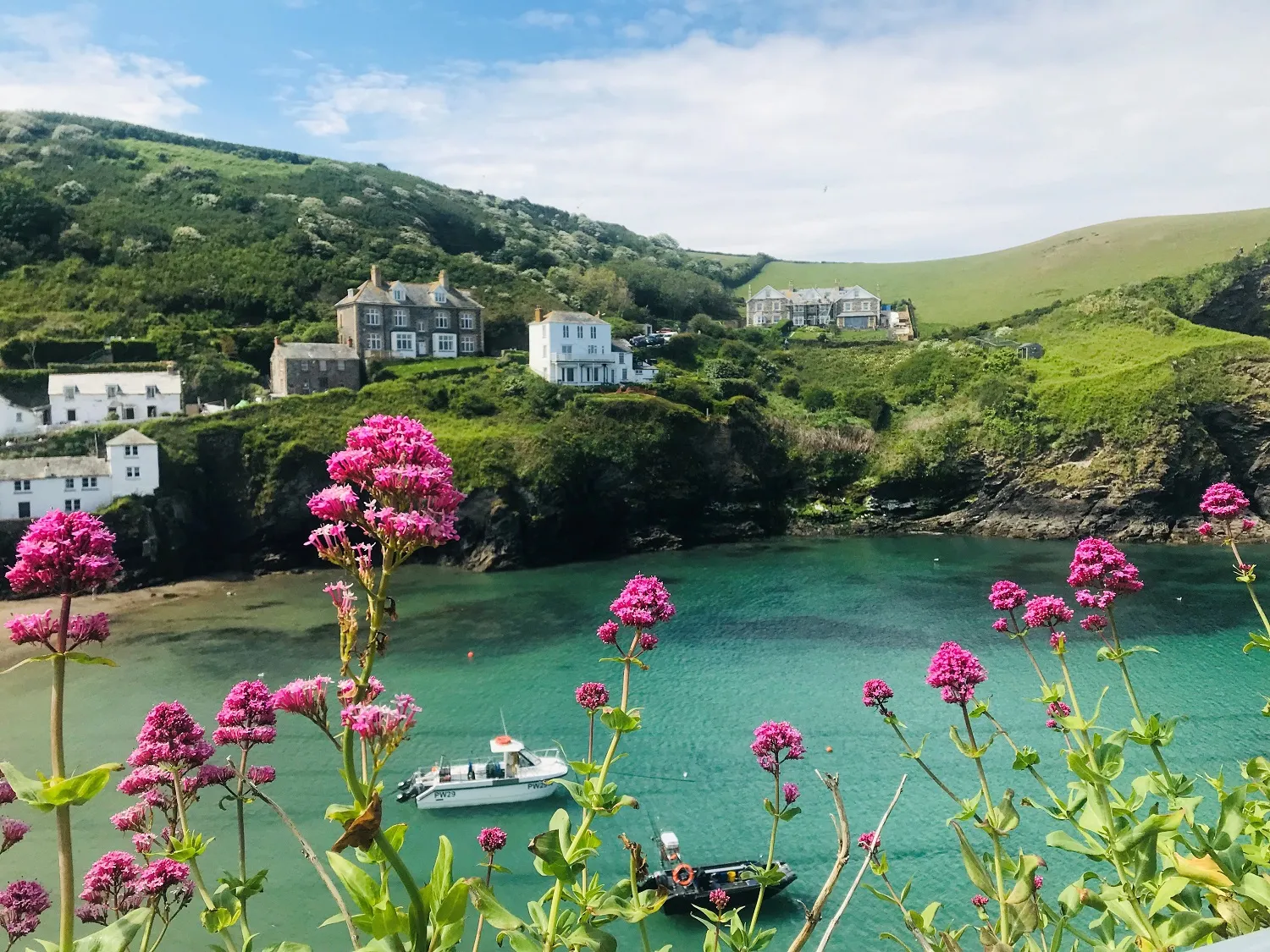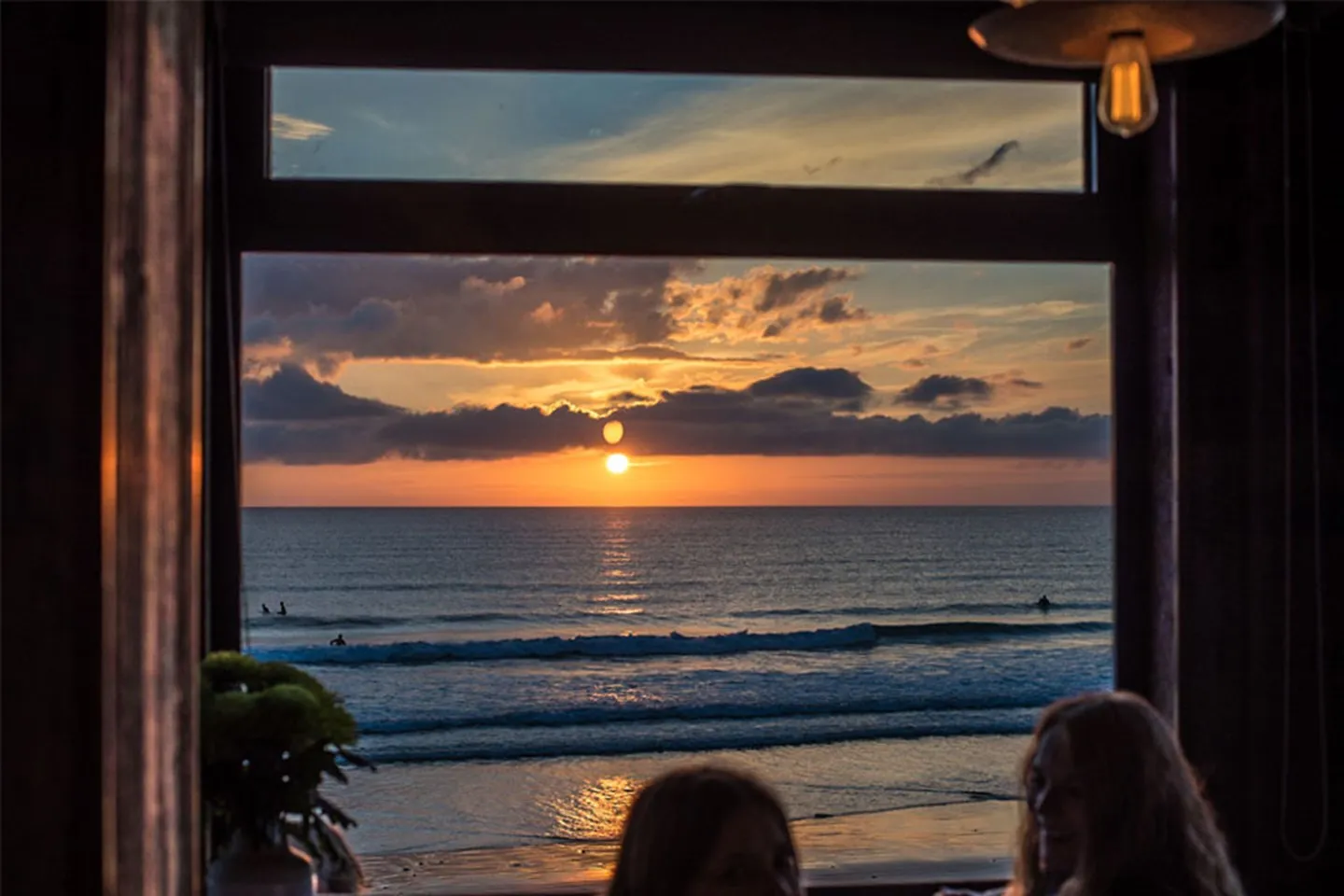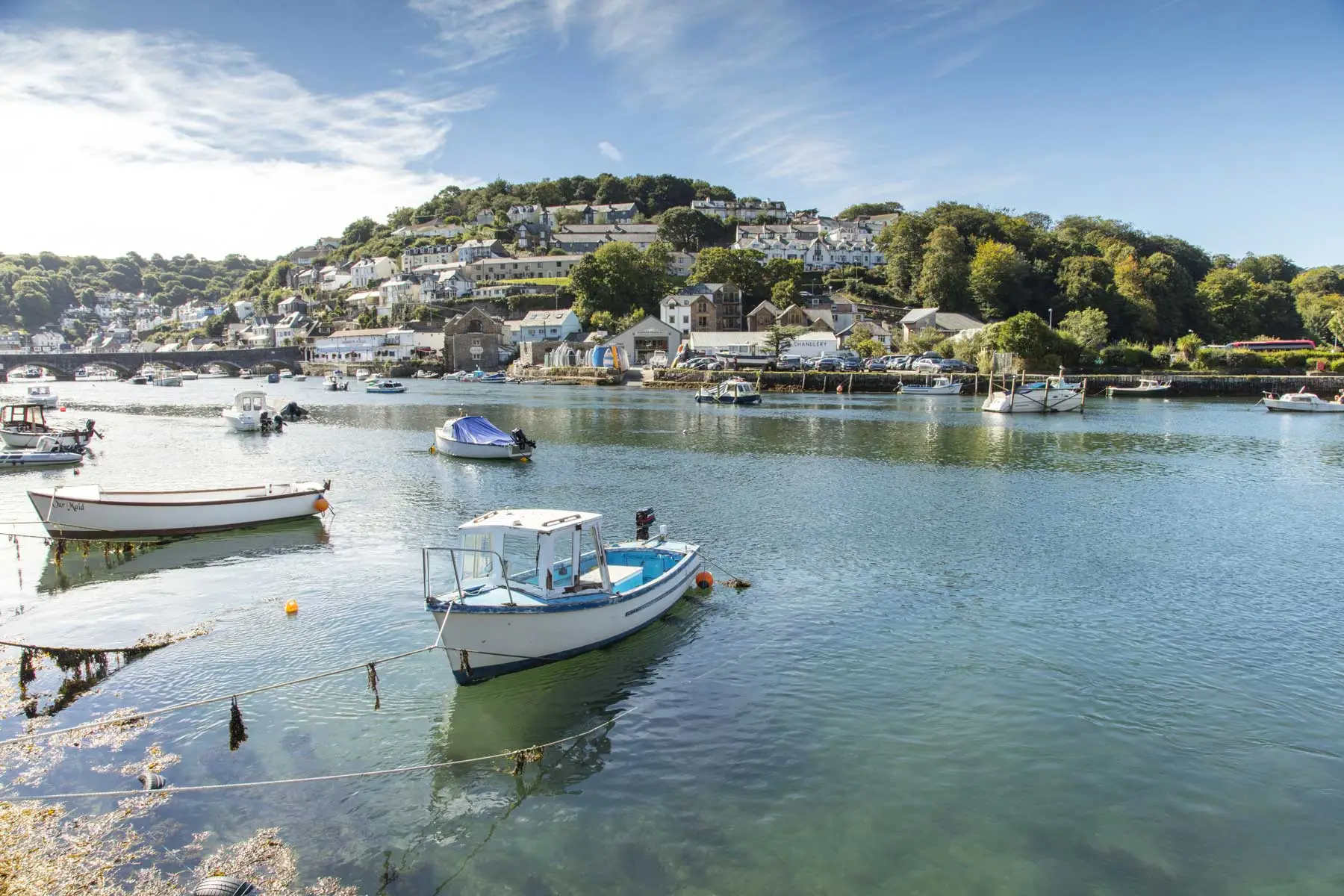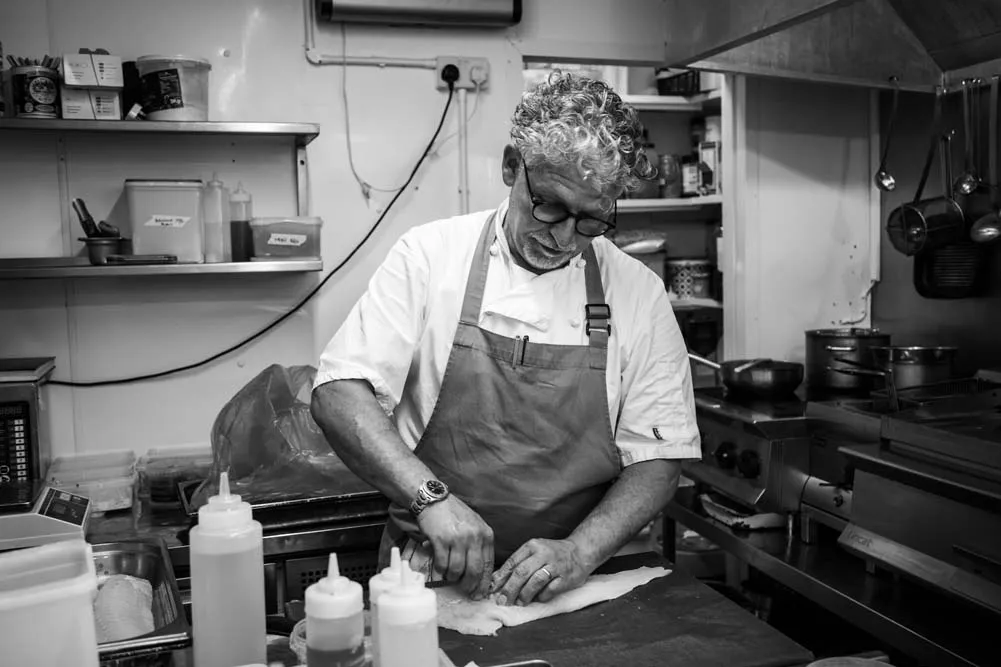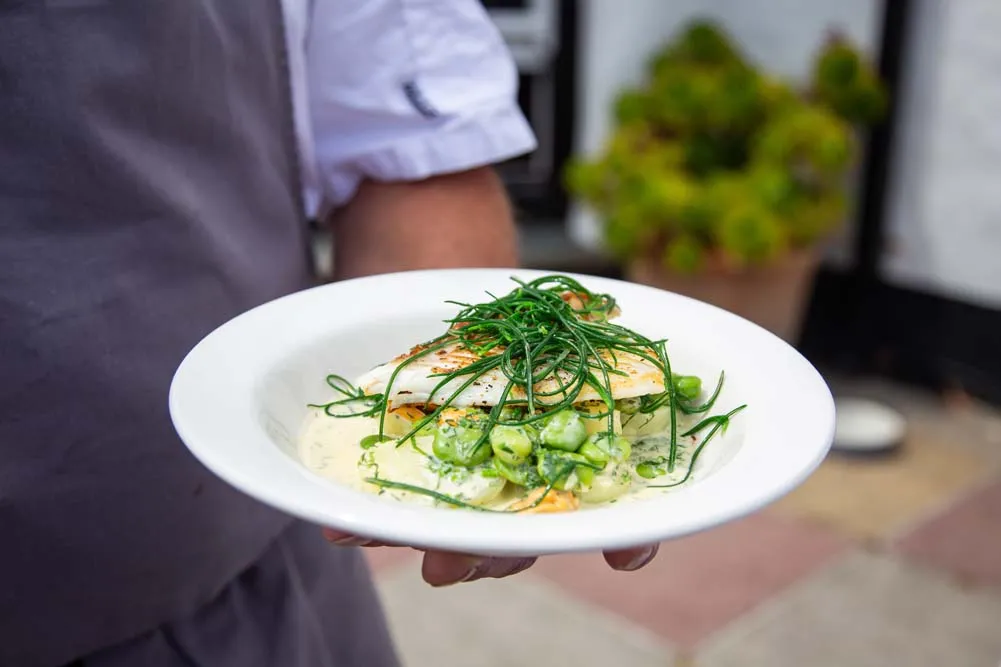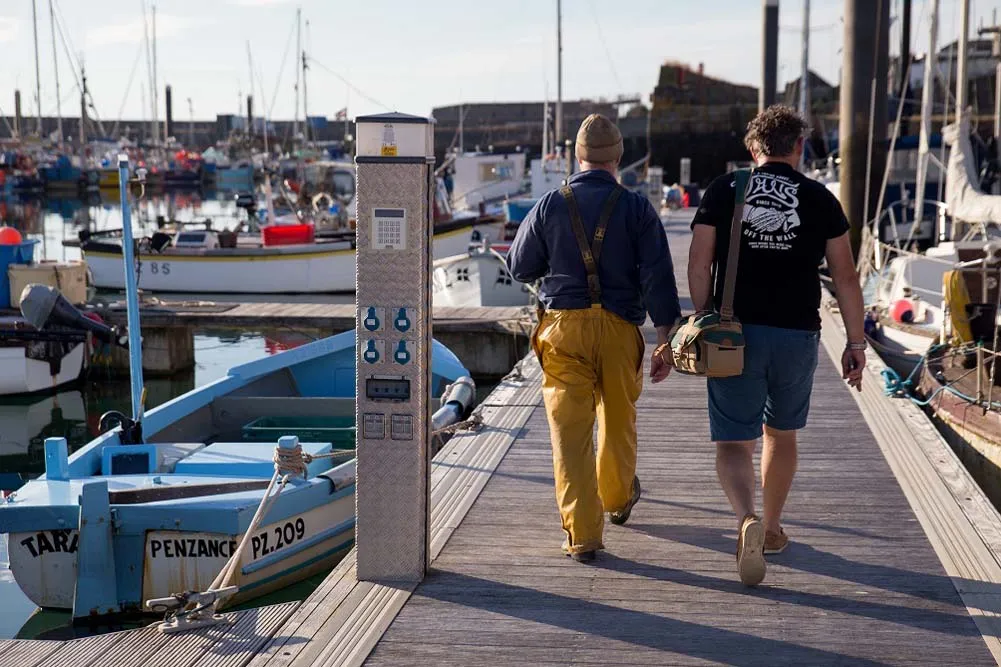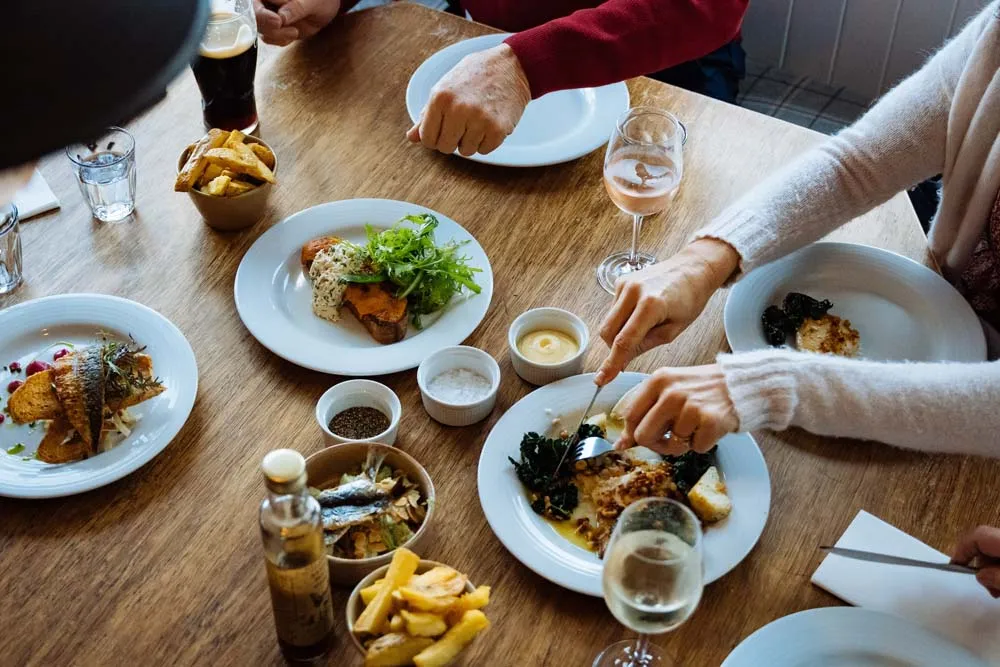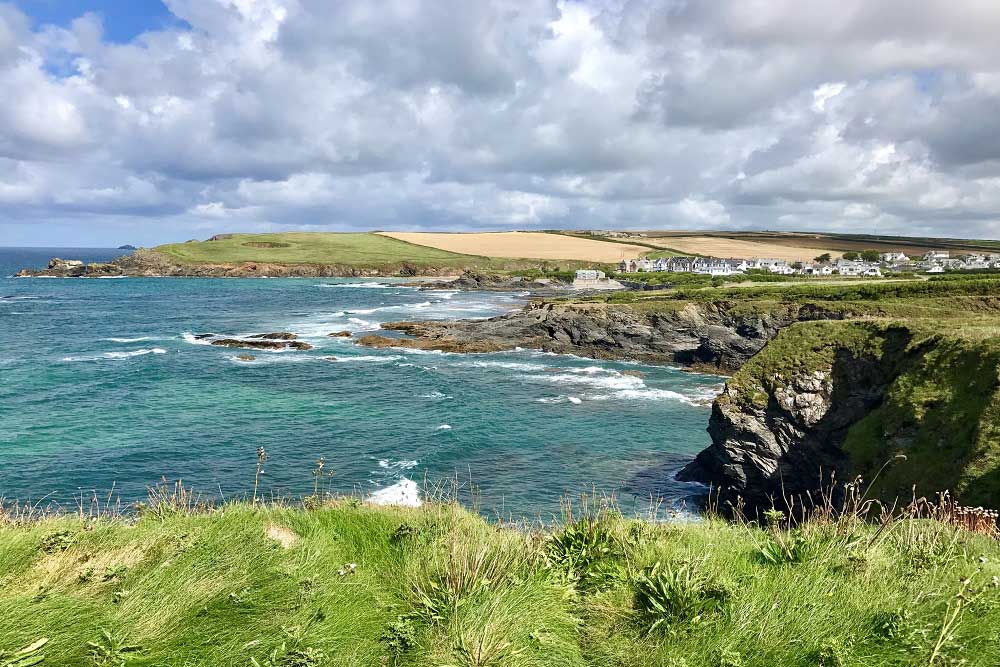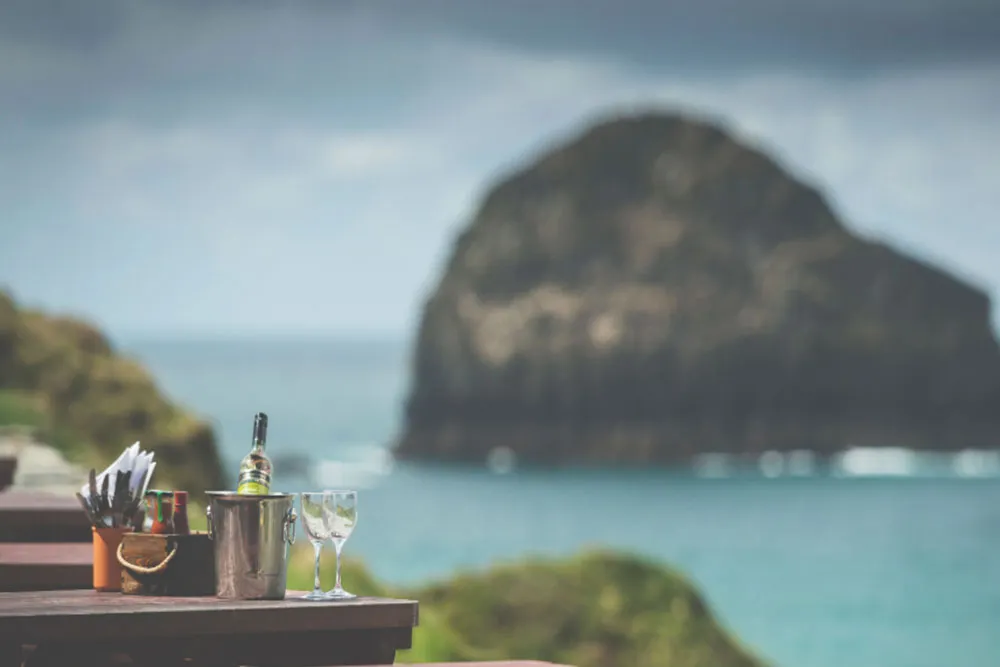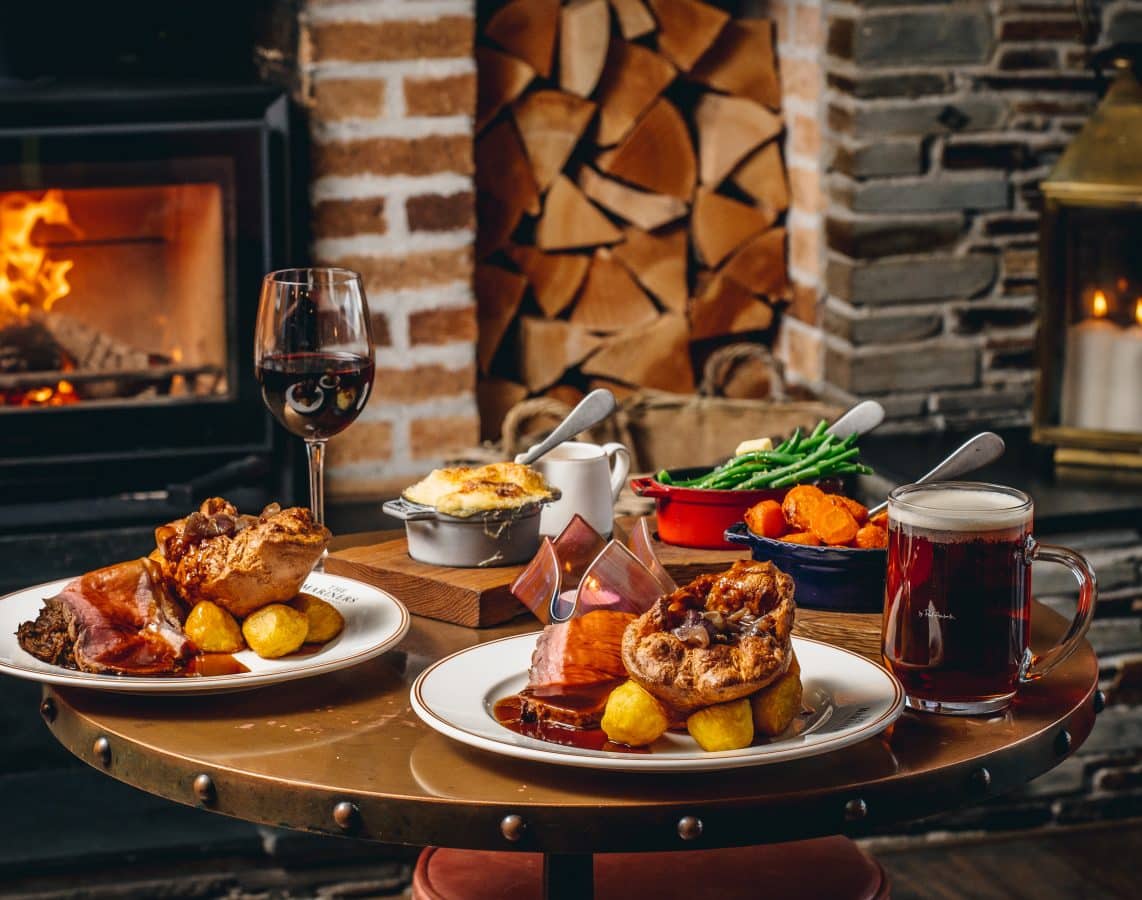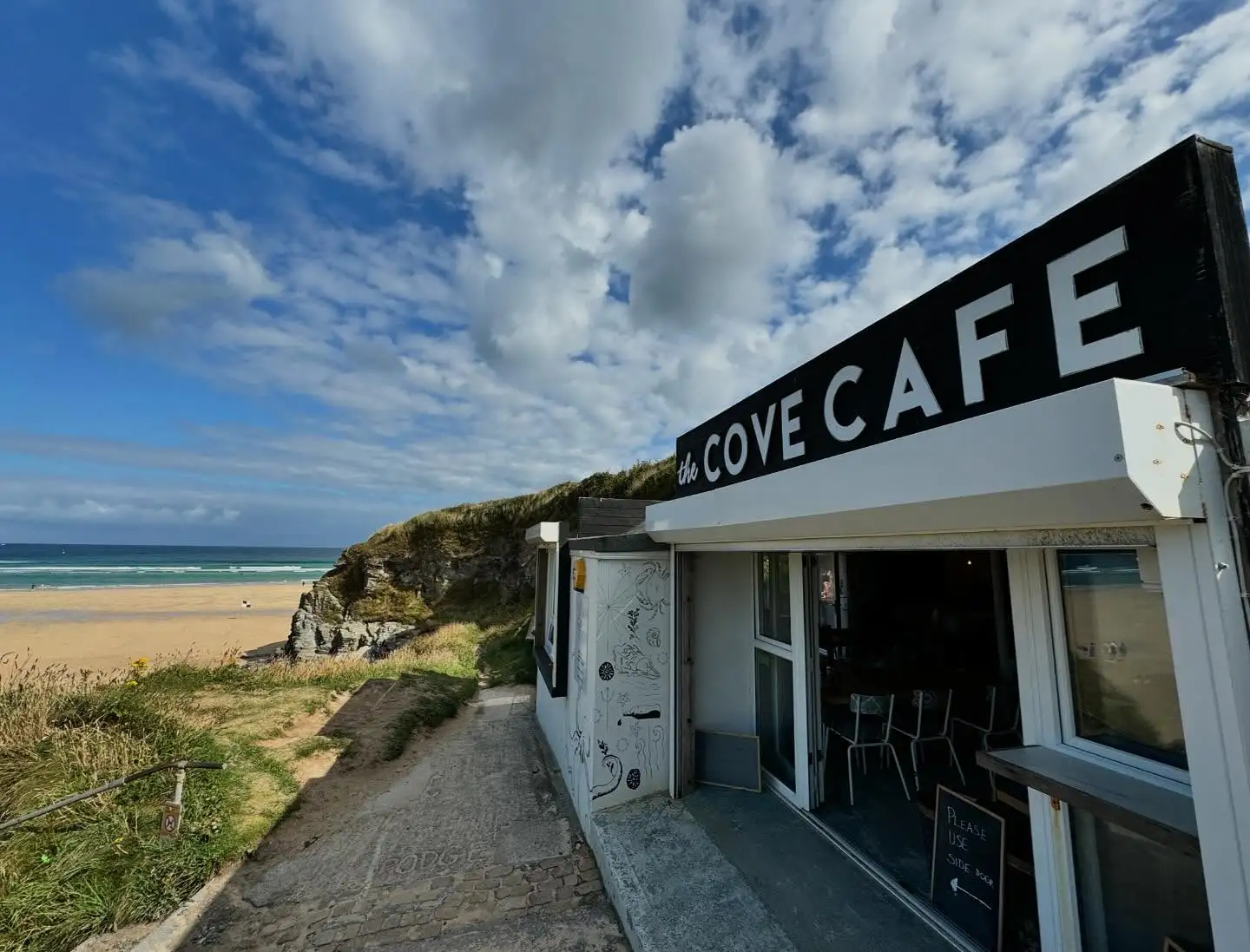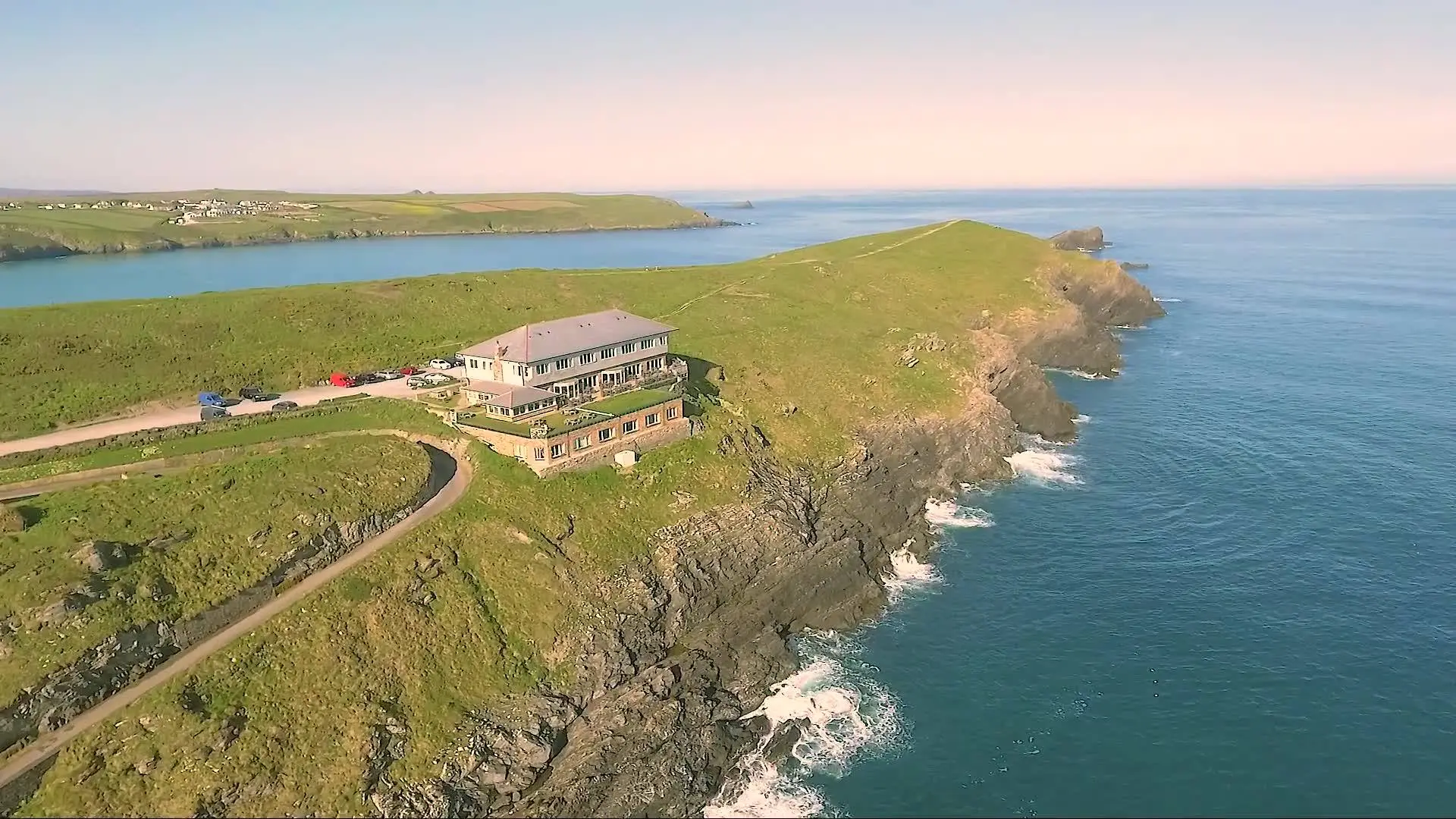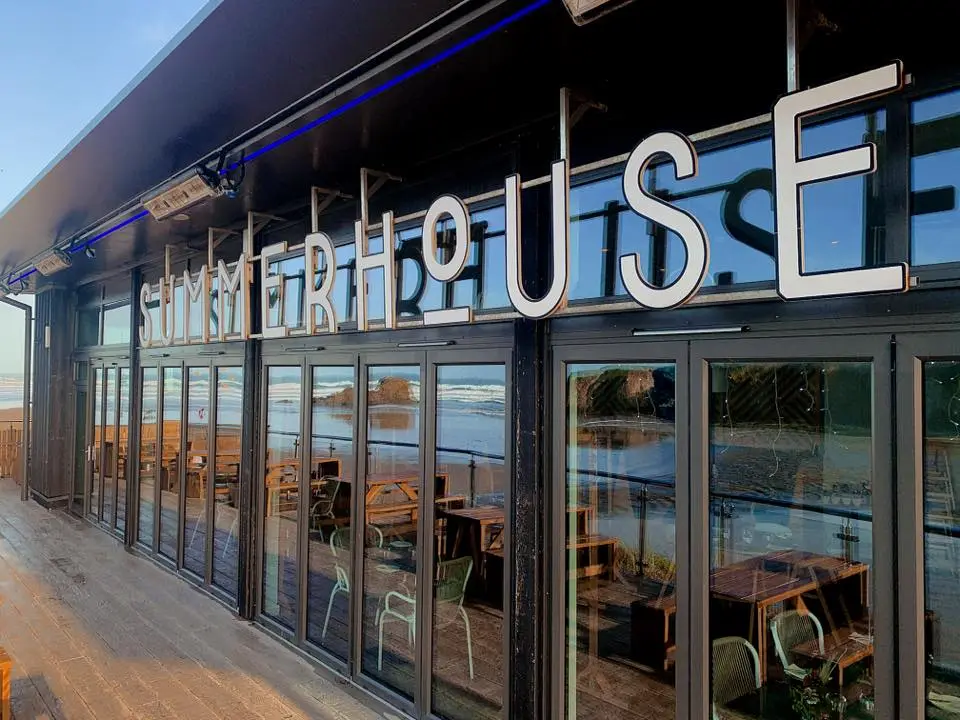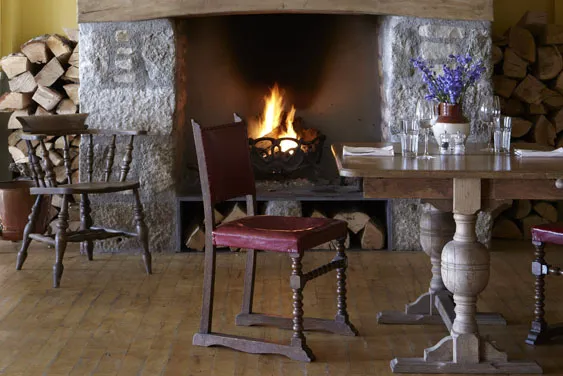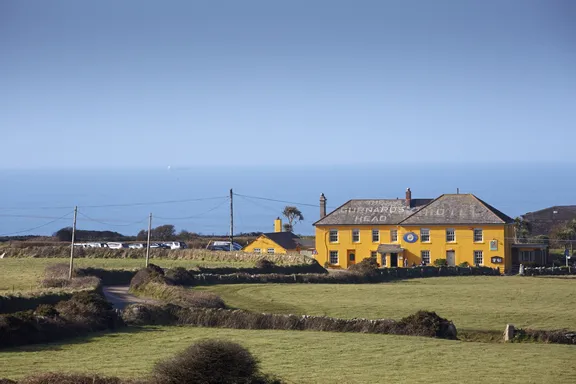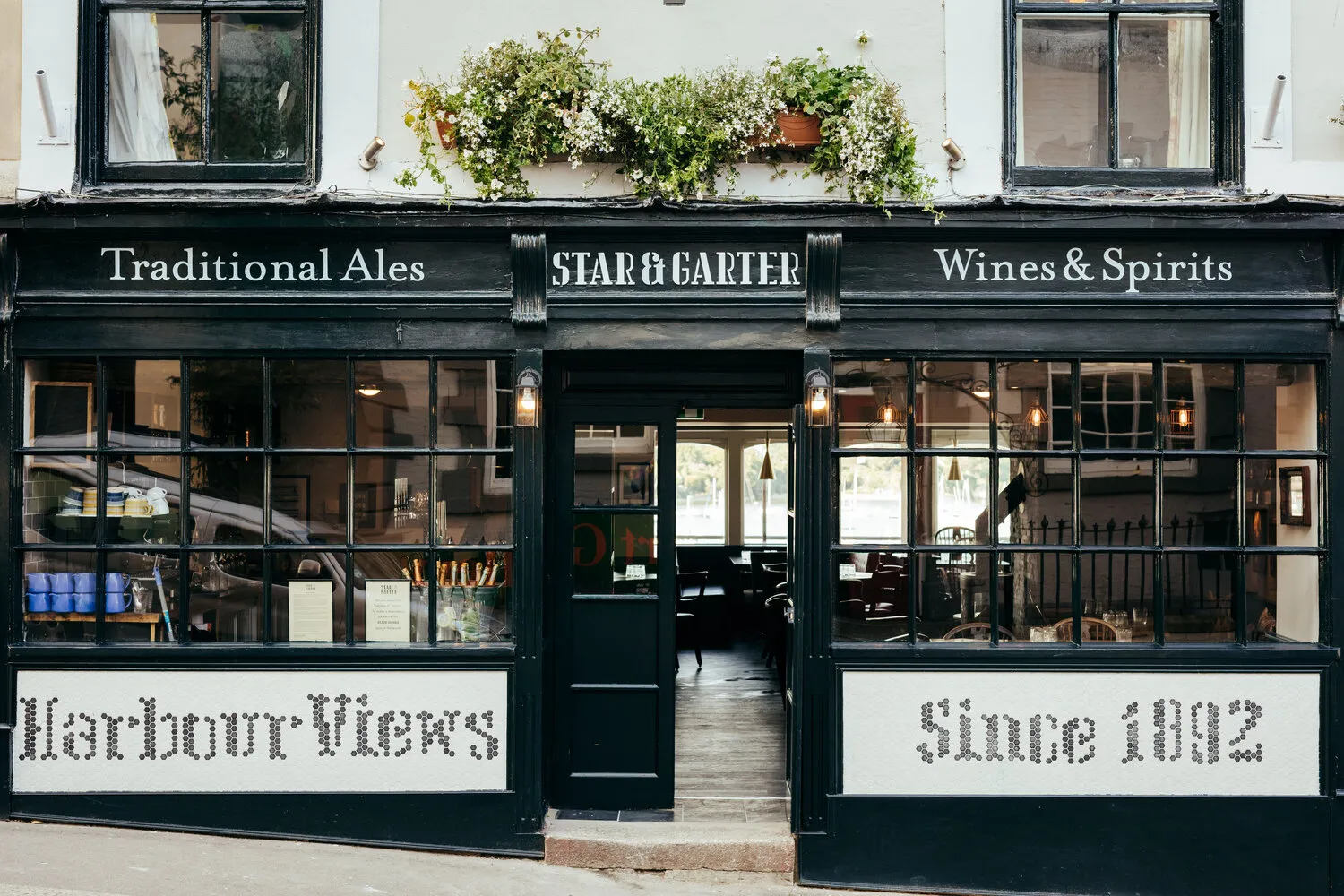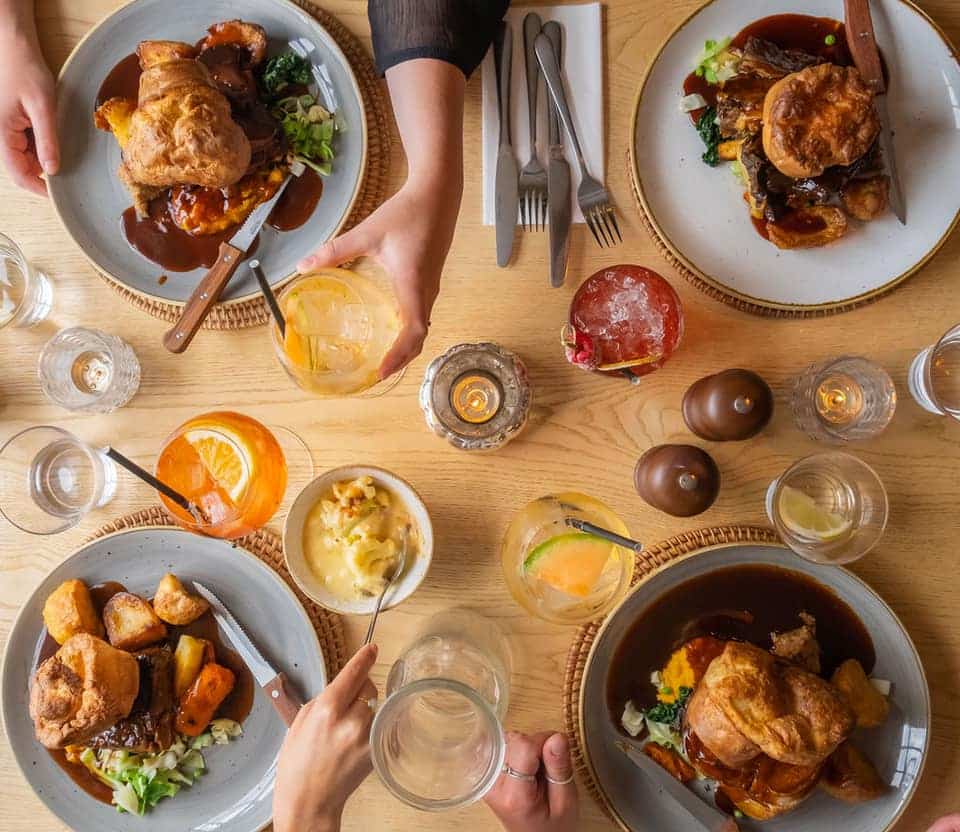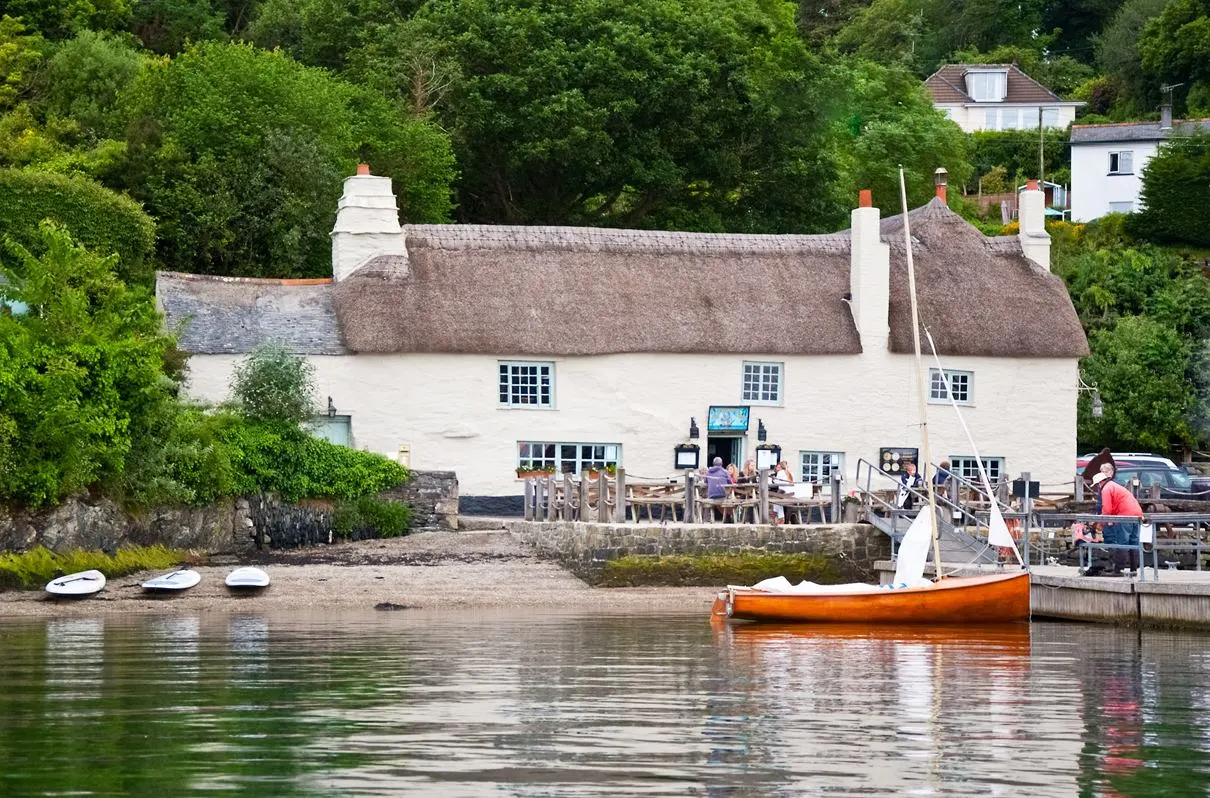
When we think of mussels, it’s easy to drift to visions of sun-dappled terraces and bowls of moules marinière paired with a crisp white wine. But this belies their true nature: a winter coastal treasure…
These jewels of the sea are at their British best in the colder months (as are most shellfish in fact), when the waters are chilly, and these humble bivalves are plump, sweet, and full of flavour.
For centuries, Cornish mussels were a widely eaten and gathered seafood, harvested from rocky shorelines at low tide and simmered simply over fires, their briny flesh providing essential sustenance during harsh winters. Over time, French culinary traditions filtered into the UK and mussels found their way into more refined dishes, like the iconic moules marinière.
“Our mussels are grown on the estuary beds of the River Camel in North Cornwall, which is the traditional way of farming them, but both rope- and seabed-grown mussels provide a high protein and nutrient-rich food.”
Today, Cornish mussels are celebrated for both their exceptional flavour and their role in sustainable seafood practices.
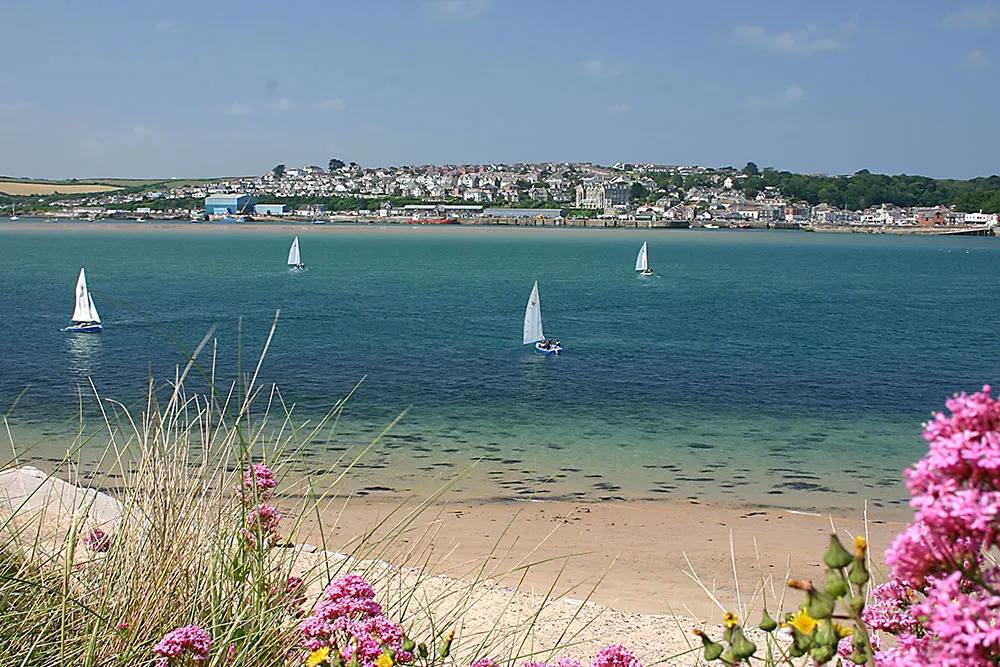
Mussels are farmed along the Cornish coast. Some are grown on the seabed, where they are dredged, hand-raked or harvested using water jets. Others are rope-grown, using toggled ropes fixed to anchors on the seabed and buoys on the surface in sheltered tidal waters.
Sea-friendly seafood
“Farming shellfish has to be one of the most environmentally friendly forms of food production currently in commercial operation,” says Matt Marshall, from Porthilly Shellfish in Rock. “Our mussels are grown on the estuary beds of the River Camel in North Cornwall, which is the traditional way of farming them, but both rope- and seabed-grown mussels provide a high protein and nutrient-rich food.”
“Our mussel beds help support a thriving ecosystem, alive with wildlife including wading birds and a variety of fish and crustaceans.”
At Porthilly, the mussel farming process involves laying tonnes of baby mussel seed along selected areas of the Camel River bed and allowing them to grow to maturity.
“These areas have to be sheltered from any heavy storm action and have just the right surface – too stoney and the mussels can’t clump together, too sandy and the mussels will get buried,” explains Matt.
“What I love about mussels is how much flavour they impart with very little cooking.”
As a natural filter feeder, cleansing the water they live in, mussels are a boon for marine ecosystems and a low carbon foodstuff.
“Our mussel beds help support a thriving ecosystem, alive with wildlife including wading birds and a variety of fish and crustaceans,” says Matt.
Flavour friends
The farmed mussels at Porthilly are harvested by boat and fully cleaned for sale at the farm, before making their way to fishmonger counters and coastal restaurant kitchens.
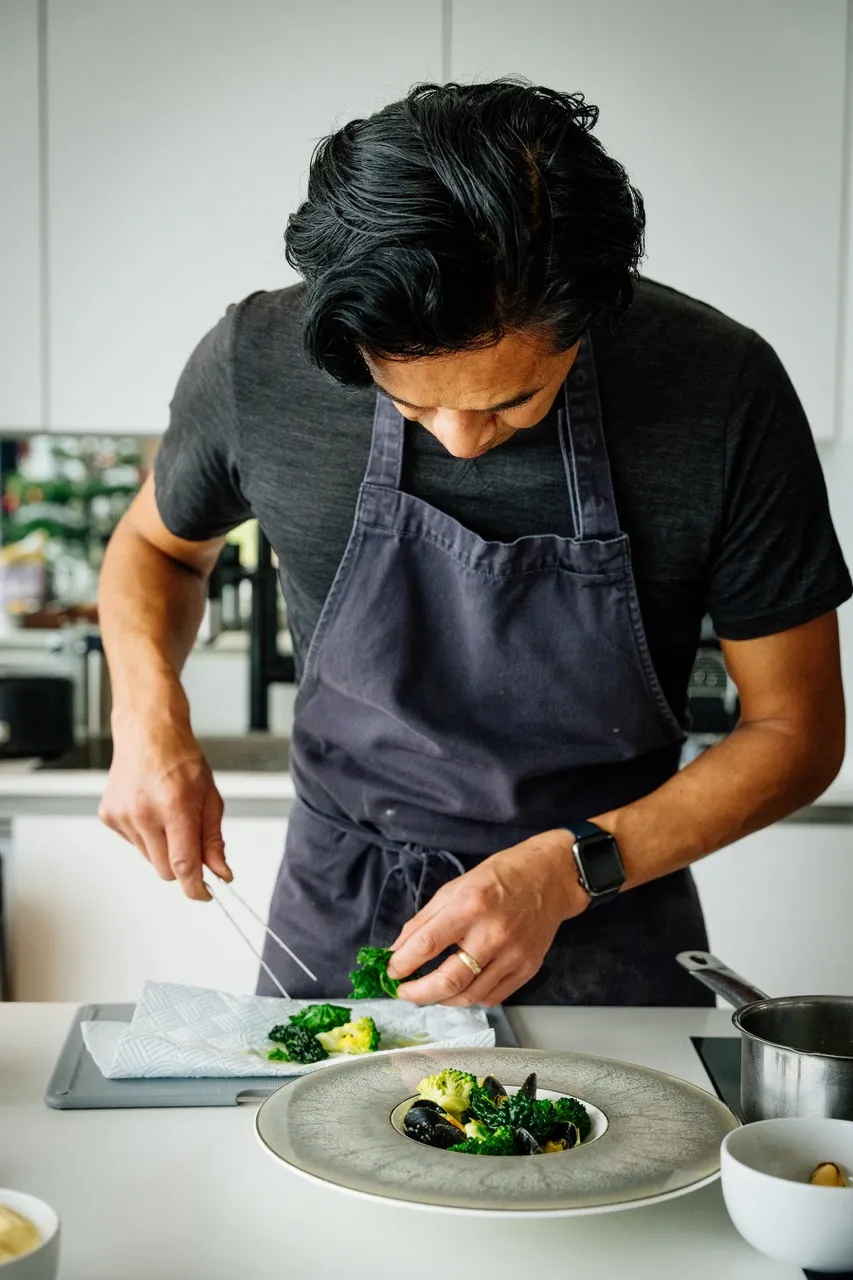
Image credit: Kota
“What I love about mussels is how much flavour they impart with very little cooking,” says chef Jude Kereama, owner of Kota and Kota Kai in Porthleven.
While most of us are familiar with the classic French moules marinière – shallots, garlic, white wine, double cream and parsley – they pair well with an abundance of different ingredients.
“Lightly steam the mussels until they just open, let them cool off and then roughly chop them and put them into the batter. Fry the batter lightly, pancake-style over a medium heat until golden on both sides.”
“At Kota Kai, we serve them three different ways – in a Thai coconut broth, in a marinière, and then in a Spanish style with chorizo, orange, chipotle chilli and some coriander. They soak up any flavour you put them with,” says Jude.

Image credit: Sam Breeze
“Another delicious dish is to do them puttanesca-style, with tomatoes, olives, anchovies and basil. I’d serve that with a crusty chunk of sourdough smeared in olive oil and a rub of garlic or over spaghetti.”
While cooking a steaming pot of mussels in a tasty broth is a failsafe option, Jude also likes to experiment with them in more unexpected dishes: “We turn them into fritters by making a simple batter with egg, milk and flour and then add chopped spring onion, coriander and maybe some sweetcorn.
“Lightly steam the mussels until they just open, let them cool off and then roughly chop them and put them into the batter. Fry the batter lightly, pancake-style over a medium heat until golden on both sides. At Kota Kai, we’d pair them with a nice seaweed tartare sauce.”
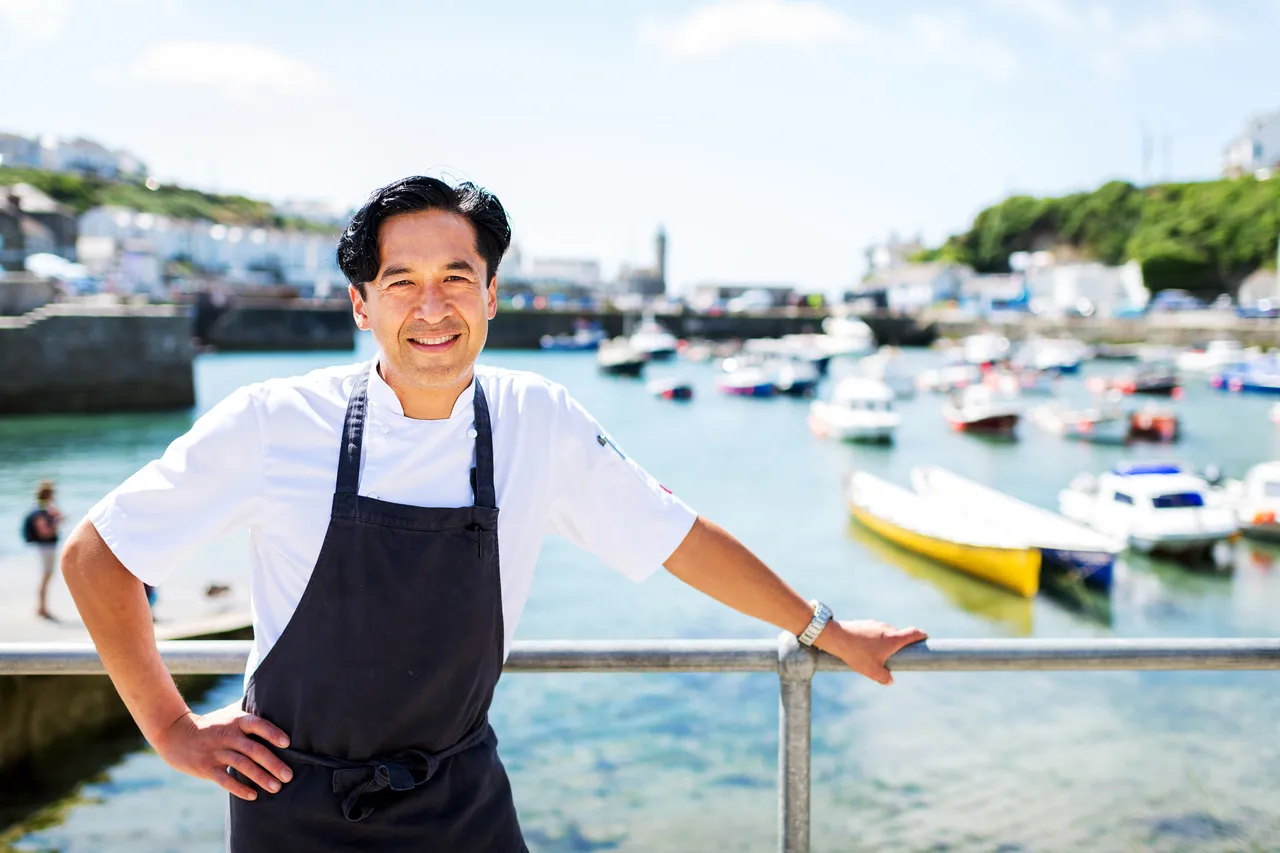
Image credit: Kota
Cooking mussels at your Beach Retreat
Cornish mussels are available to buy at fishmongers across the county. Ask the fishmonger to debeard them for you as this can be slightly awkward to do at home with a knife. Matt recommends half a kilo per person as a starter or three-quarters of a kilo per person for a main meal – and possibly a few more for real shellfish enthusiasts.
“Rinse them in running water over a colander and tap any open ones on the side of a bowl. If they’re alive, they should close up. If not, discard them.”
When preparing, it’s important to make sure they’re clean, free of grit and still alive. Rinse them in running water over a colander and tap any open ones on the side of a bowl. If they’re alive, they should close up. If not, discard them. “Some mussels can be a bit lazy, particularly in the colder months, so give them a few seconds to close,” adds Jude.
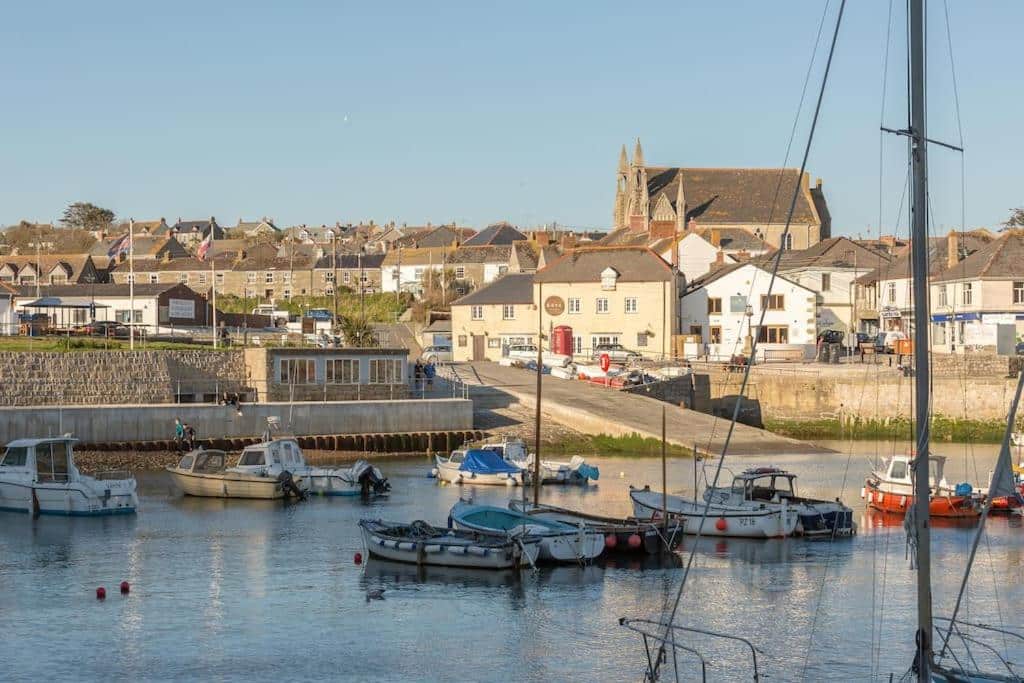
Image credit: Kota
“Whichever sauce you cook them in, they are best when they just open. Any that don’t open, throw away. It’s as simple as that.”
When cooking, it can be tempting to dial up the heat and leave them to it, but this can risk overcooking, leaving the texture rubbery. “Whichever sauce you cook them in, they are best when they just open,” says Jude. “Any that don’t open, throw away. It’s as simple as that.”
Whether enjoyed by a roaring fire or as the centrepiece of a family gathering, Cornish mussels are a testament to the simple joys of the sea – best savoured when the waters are at their coldest and you’re nestled somewhere warm.
Sample freshly harvested shellfish served-up on the coast – or cook-up sea-friendly seafood – when you stay by the beach this #SecretSeason
